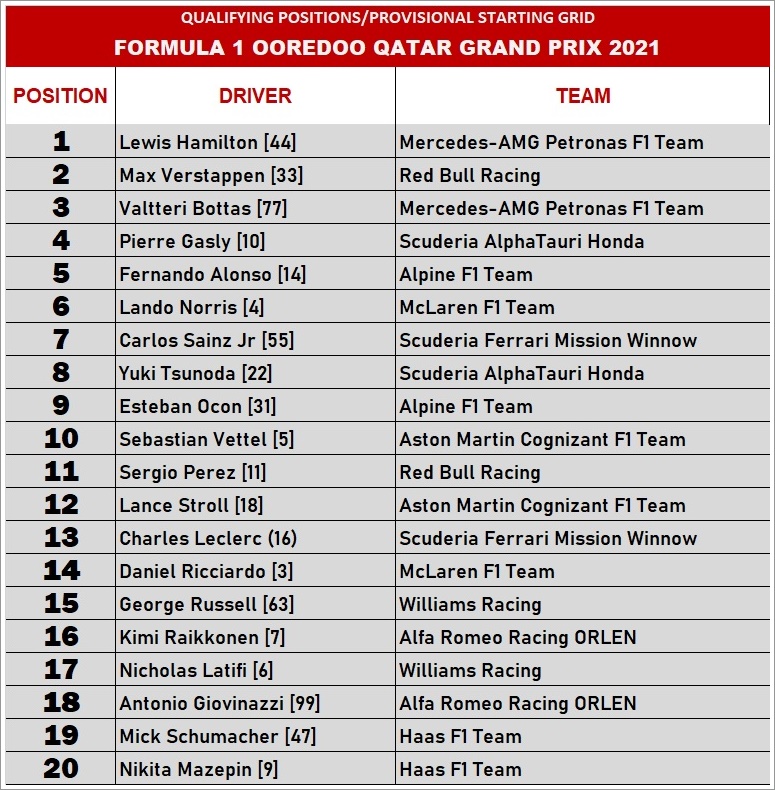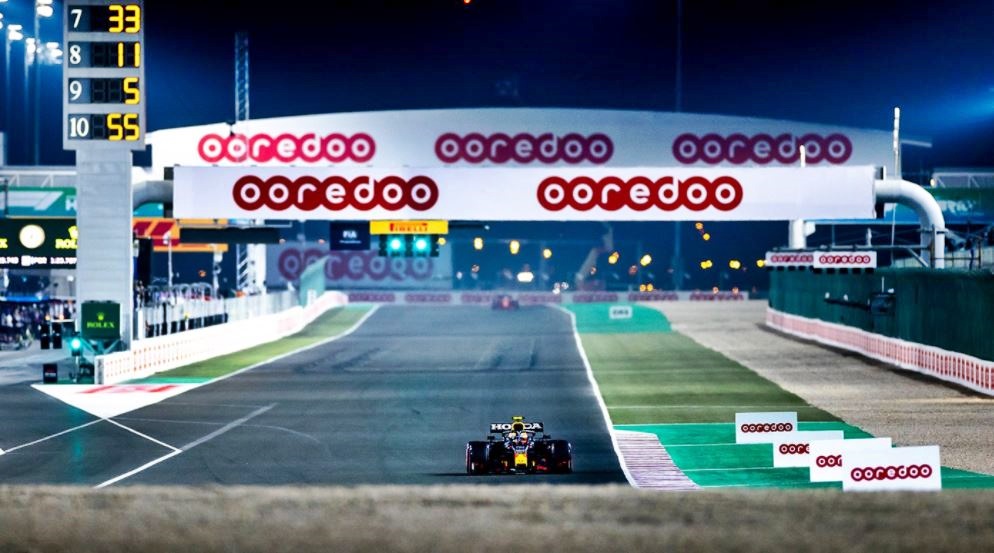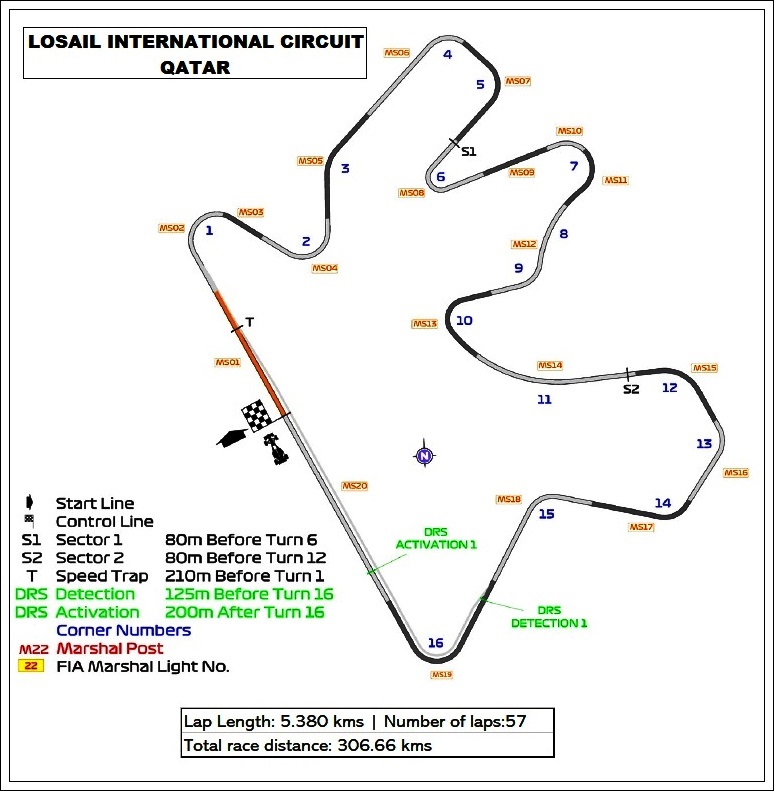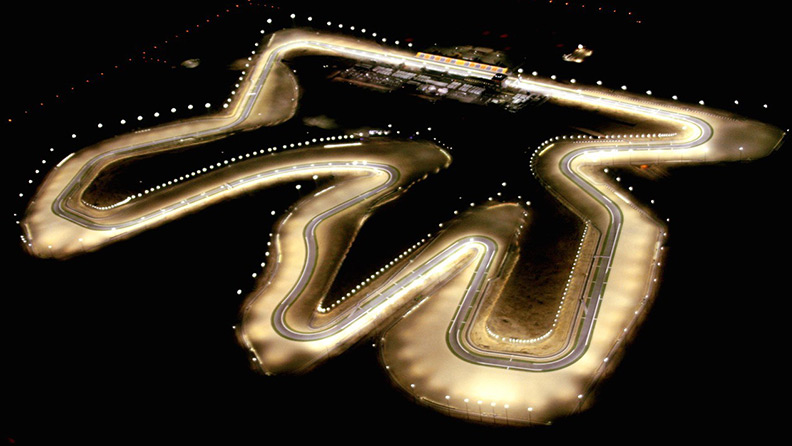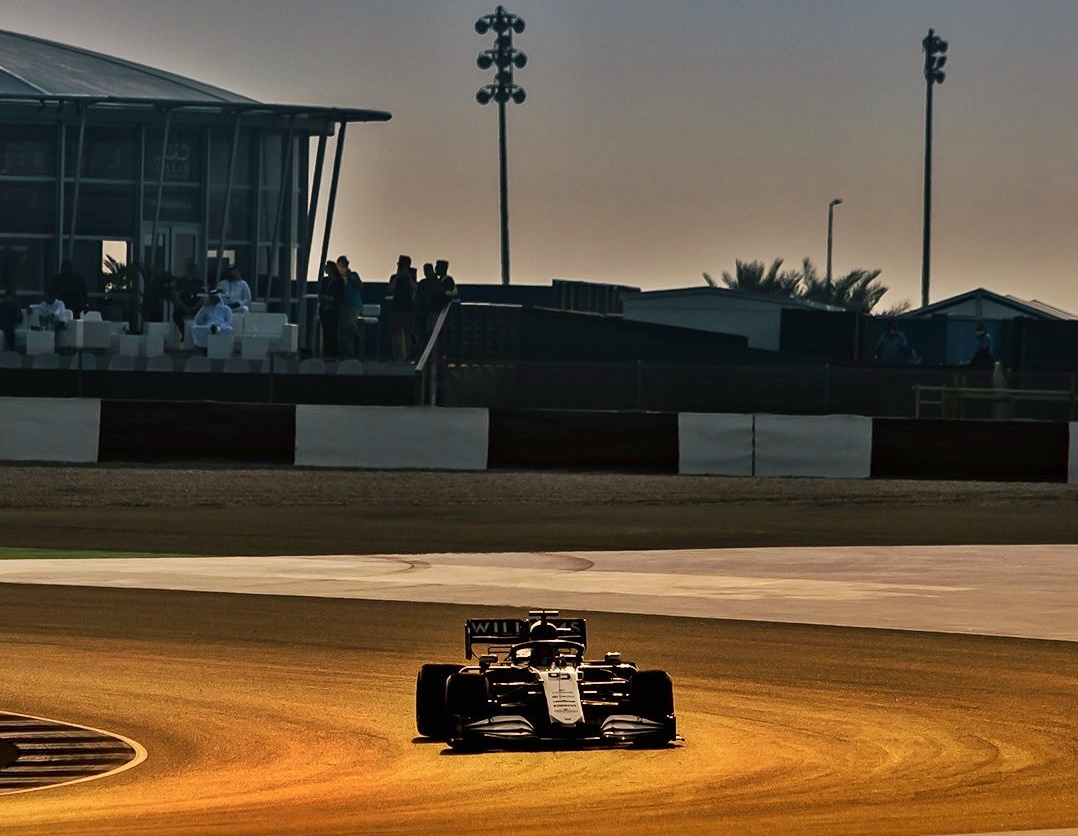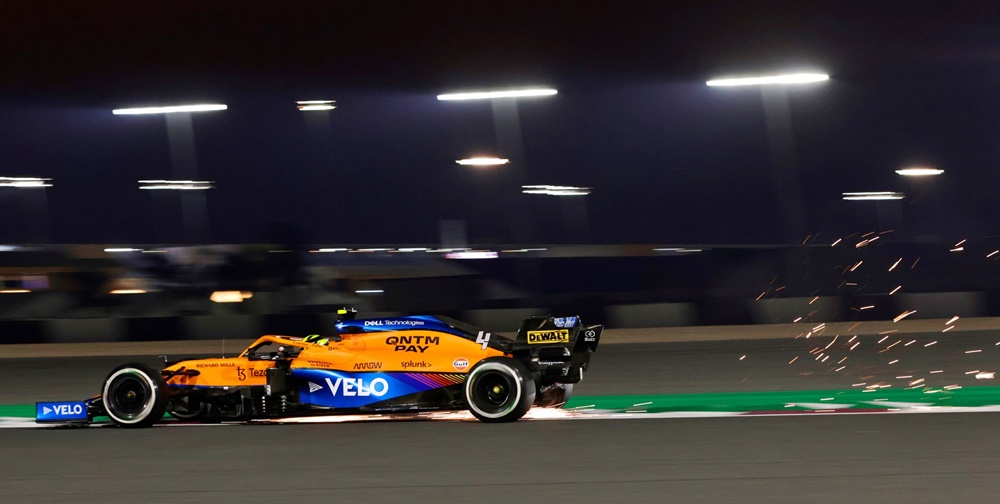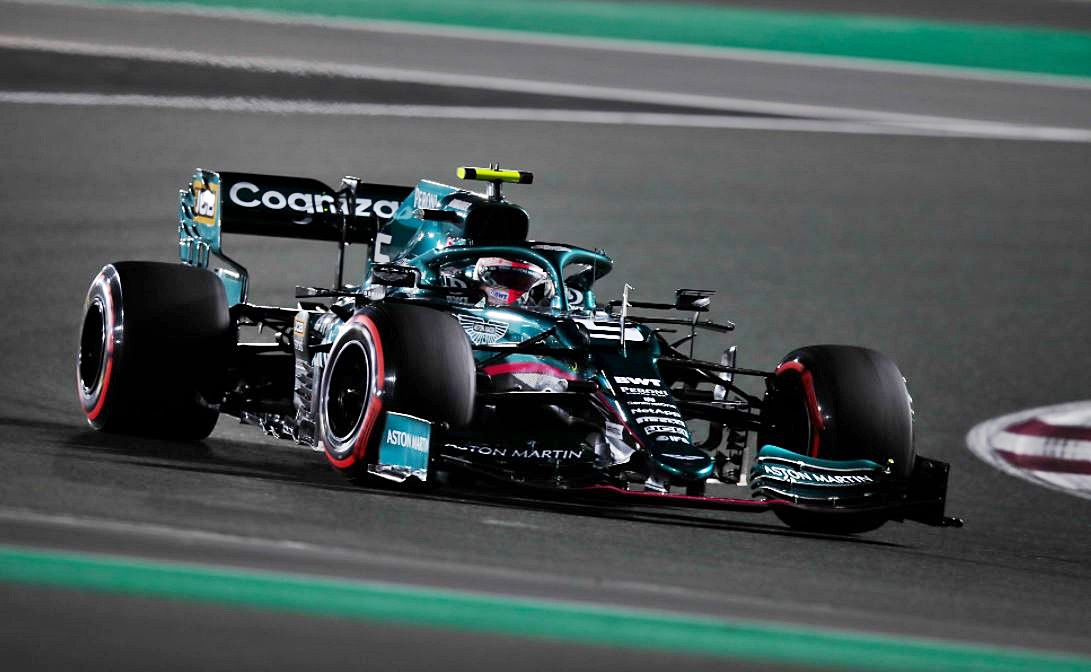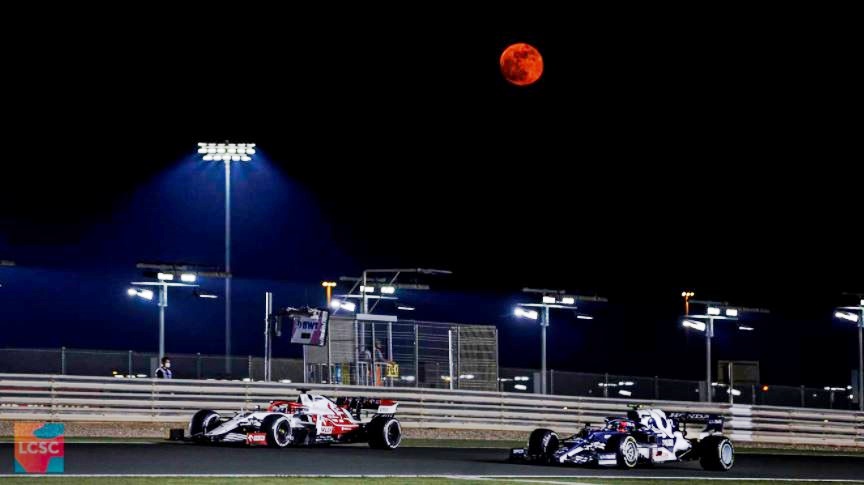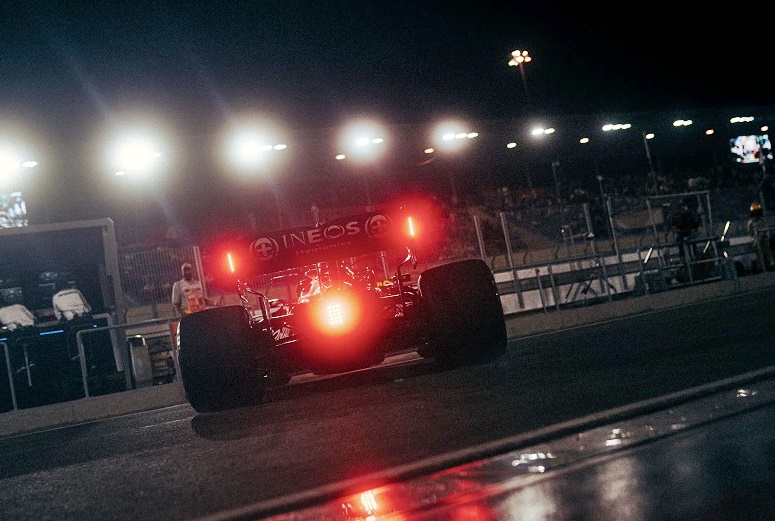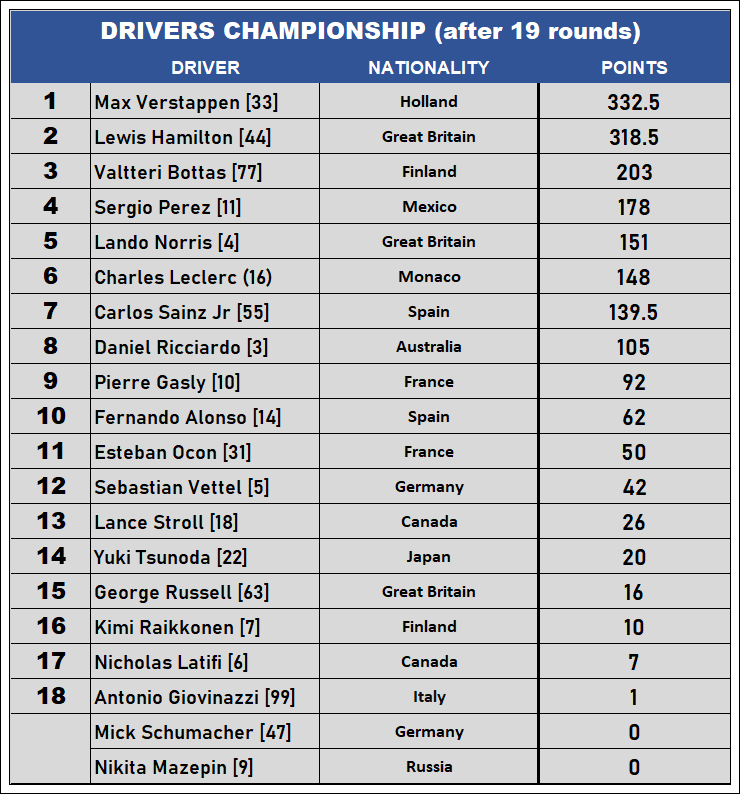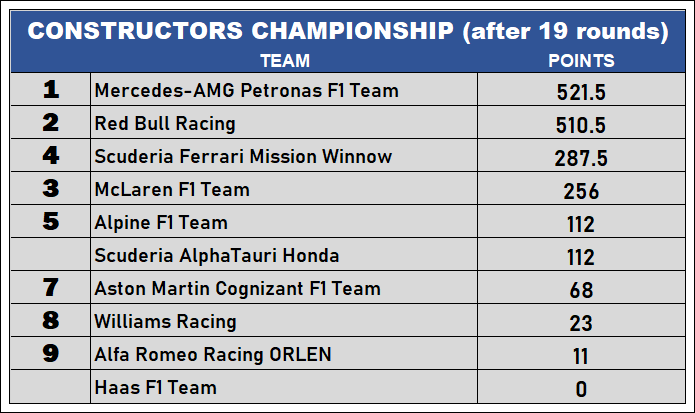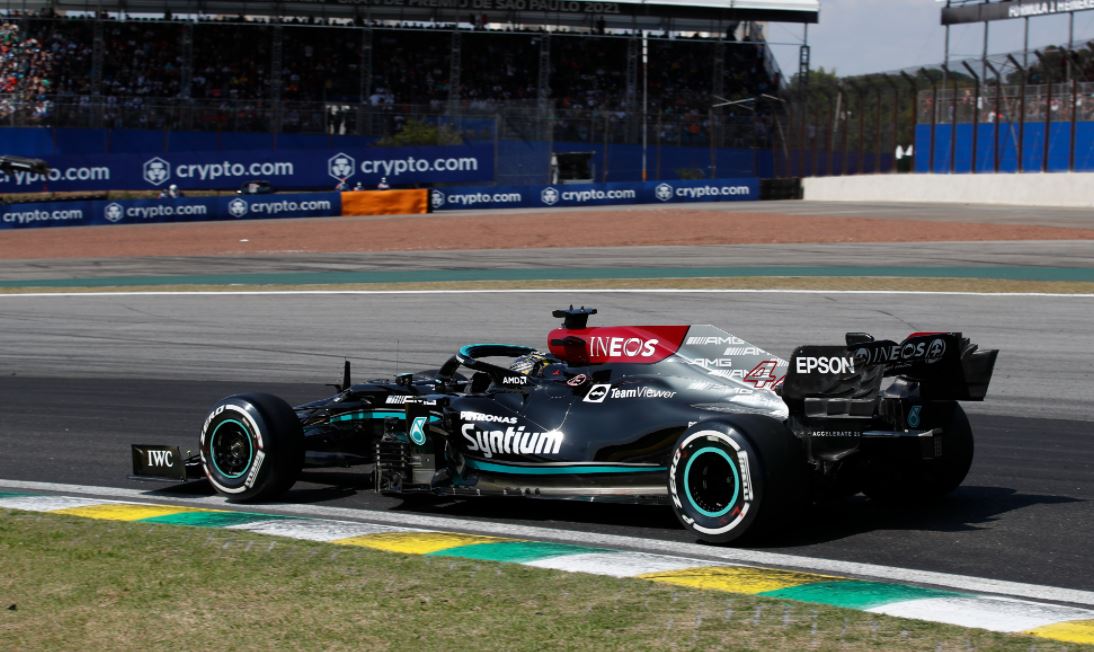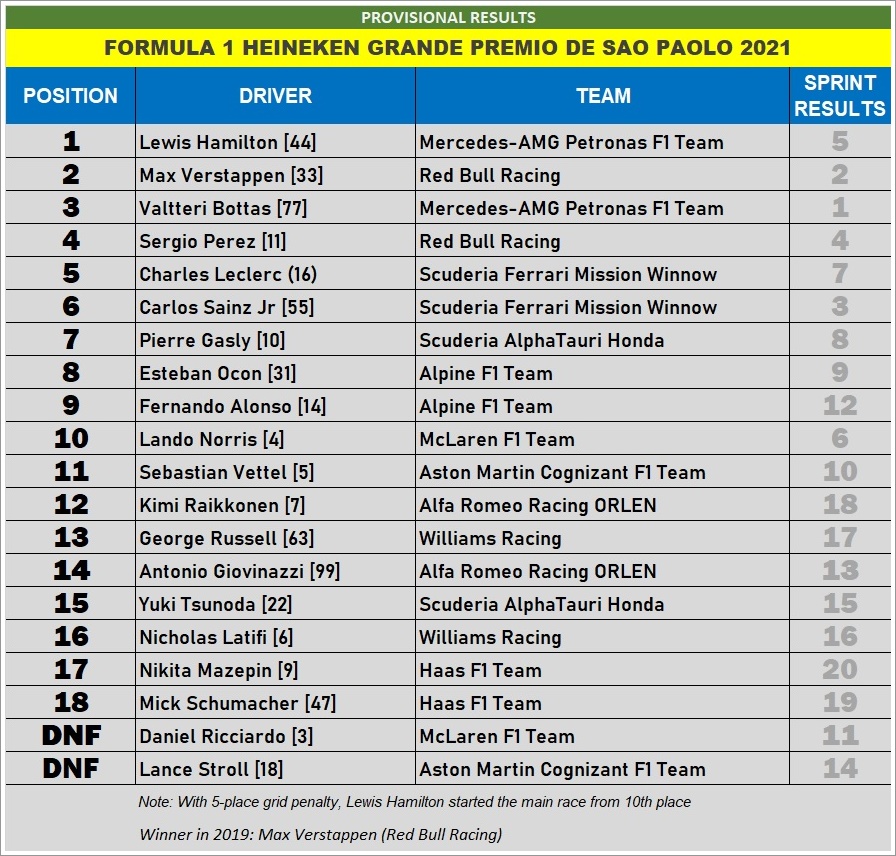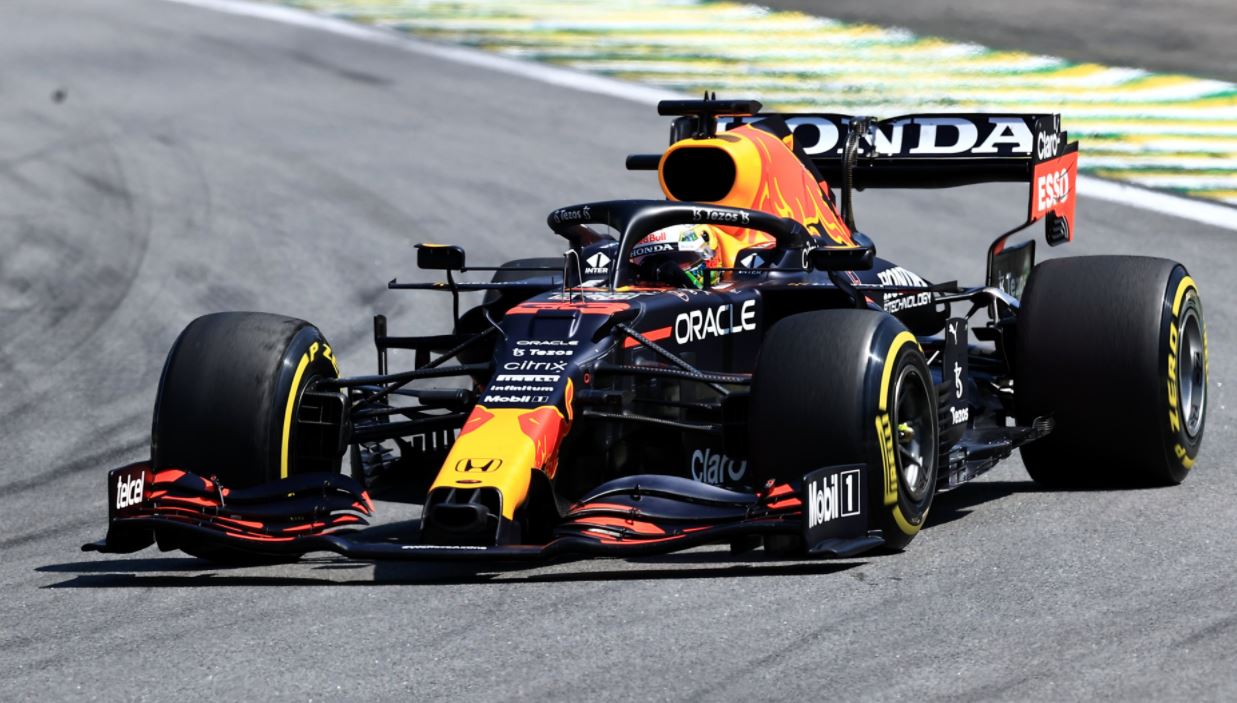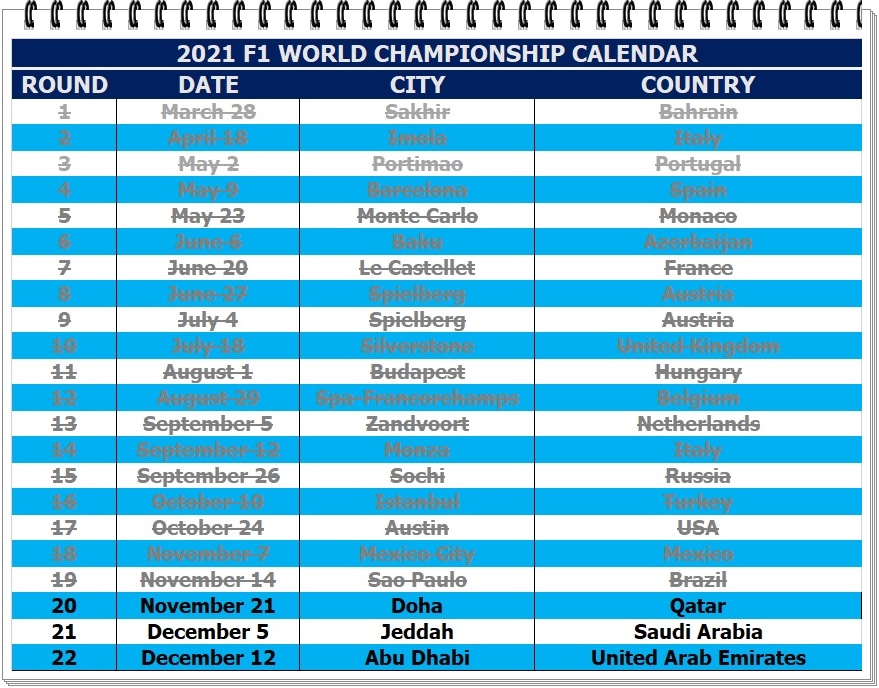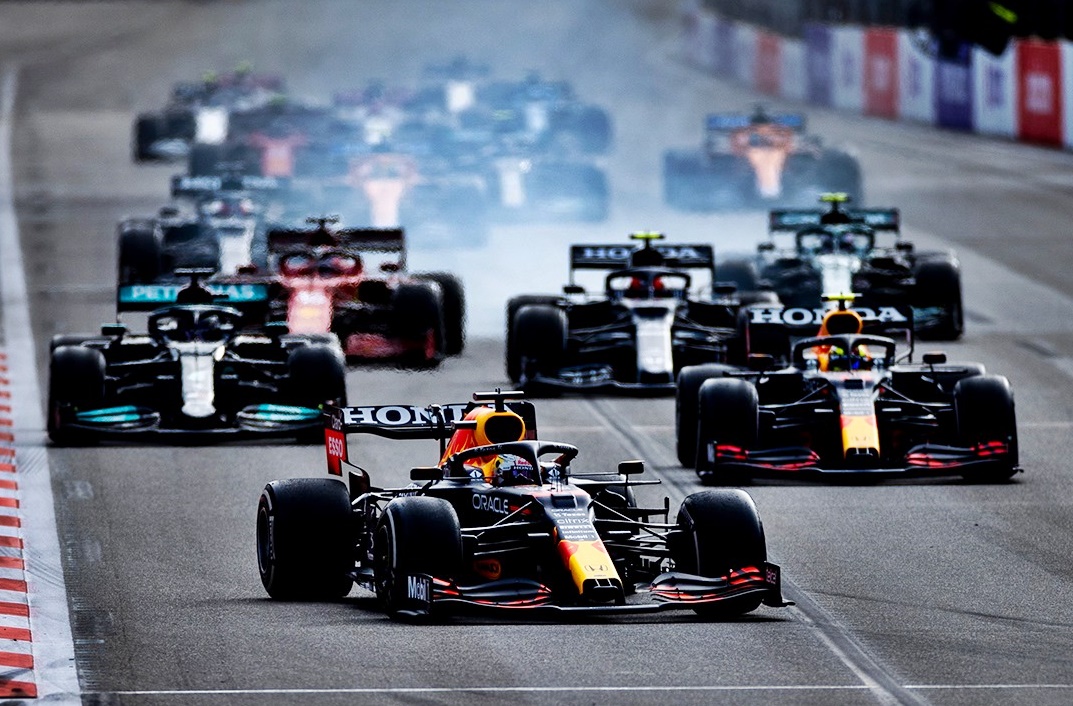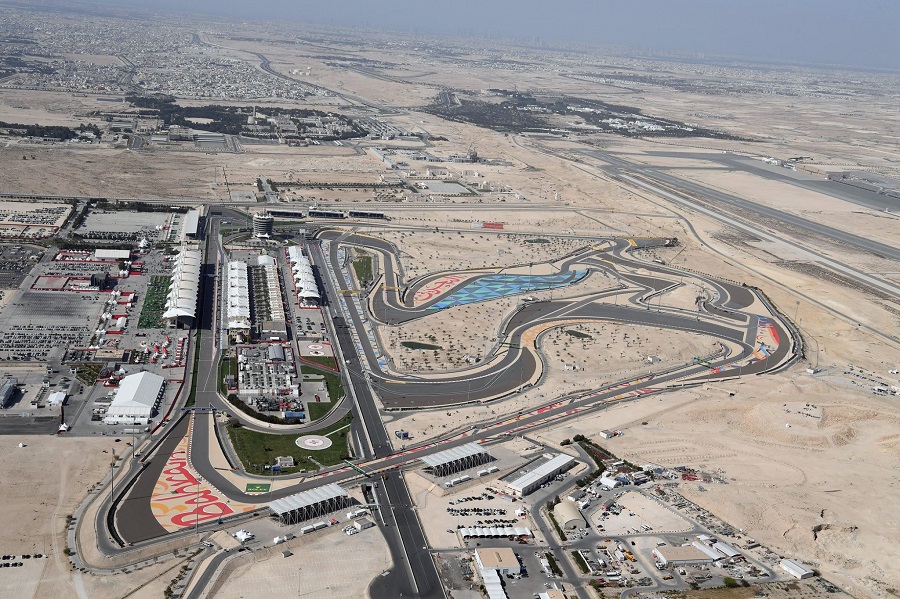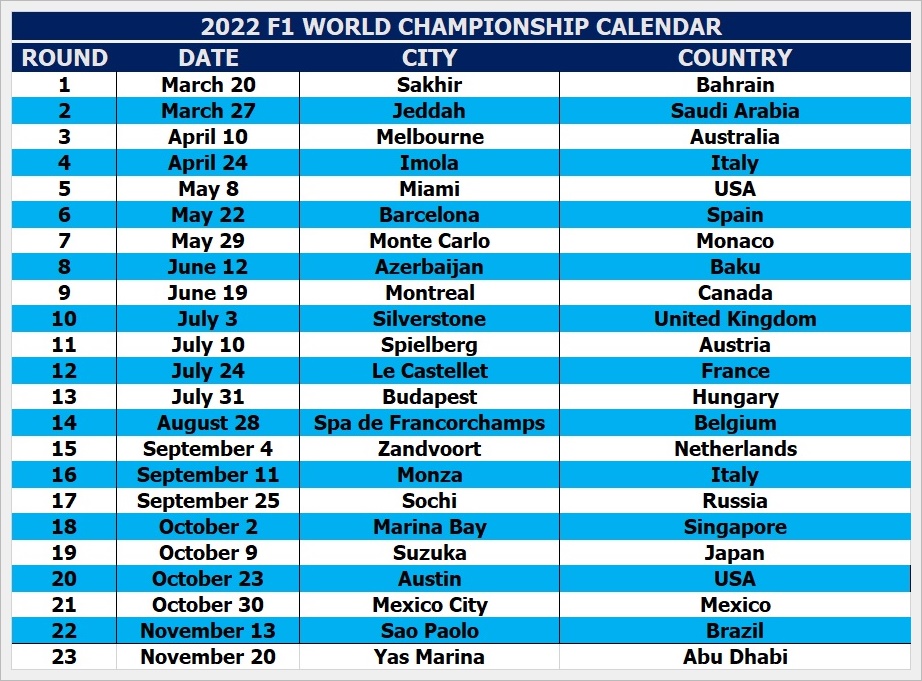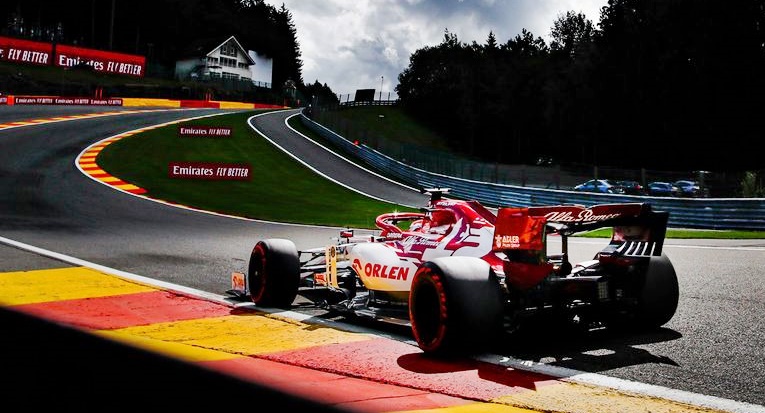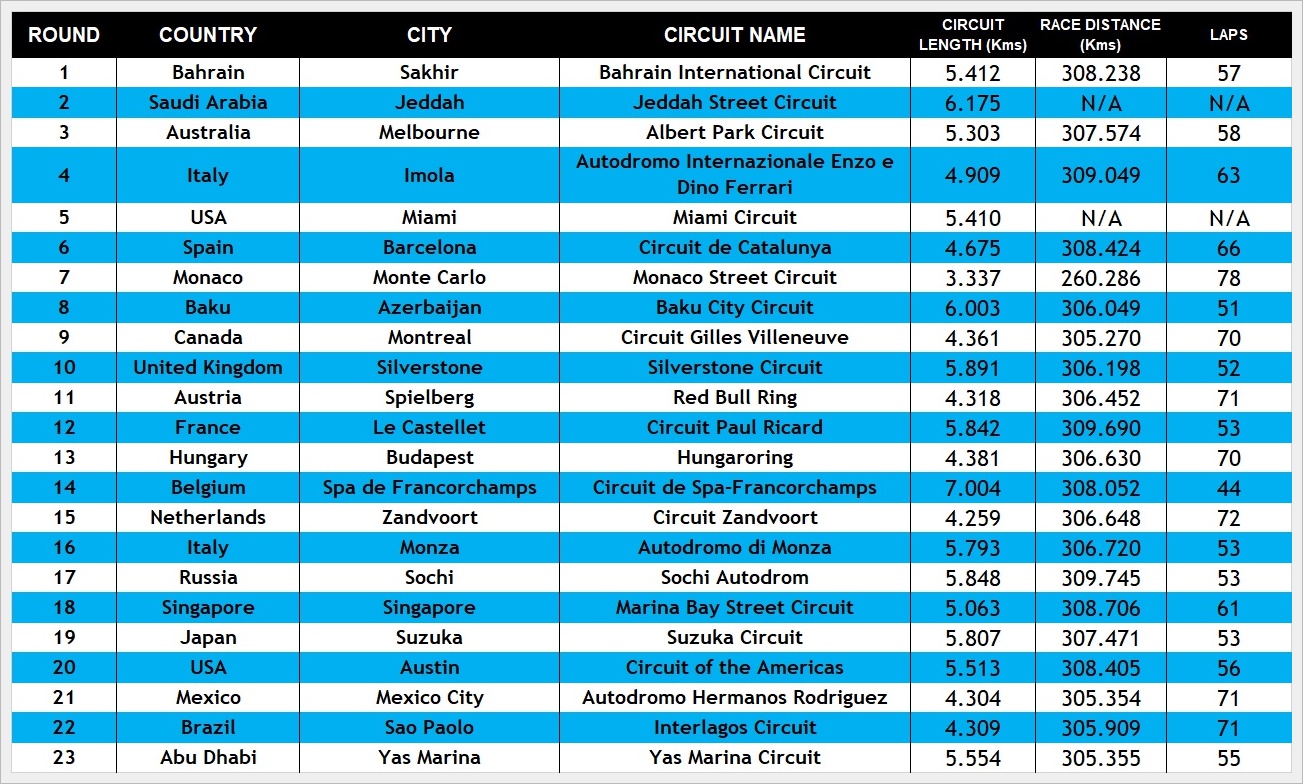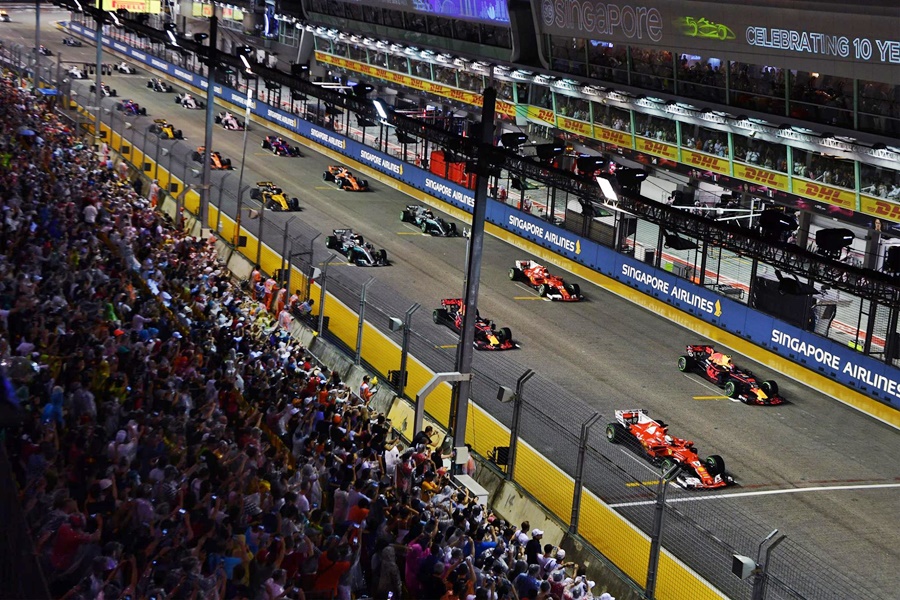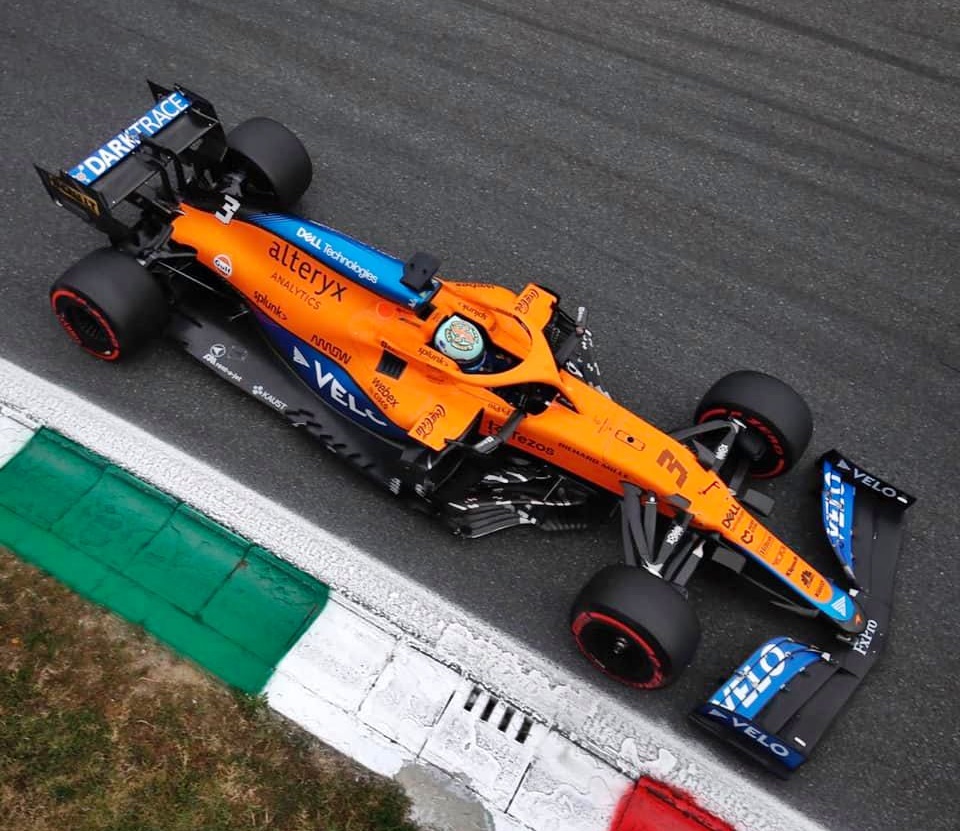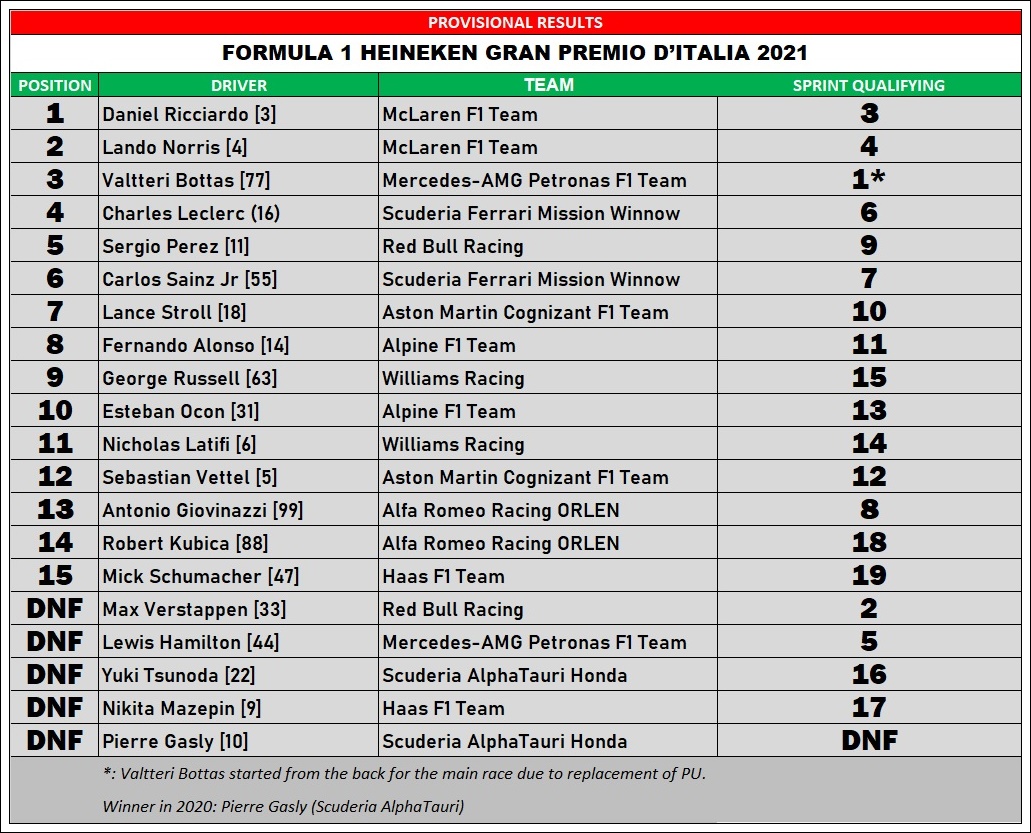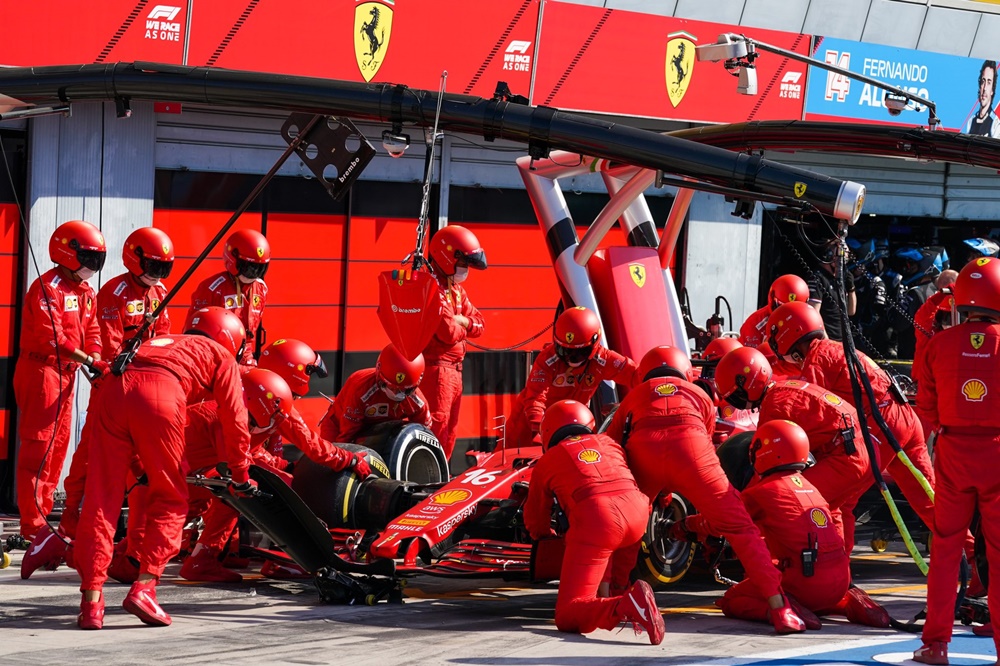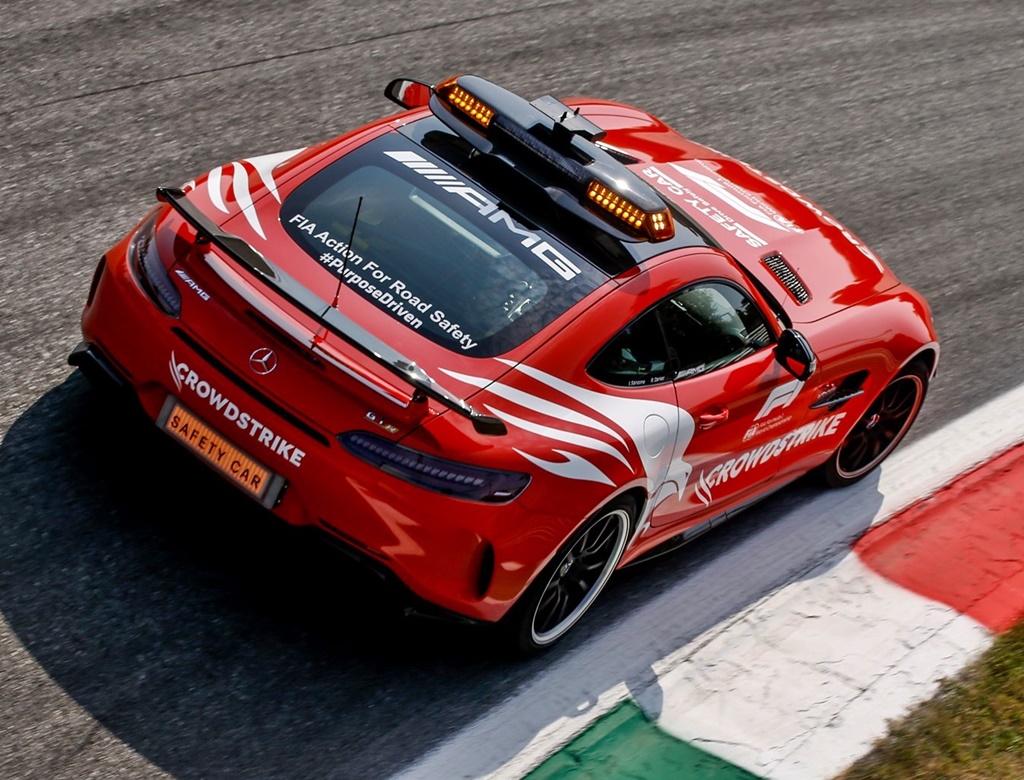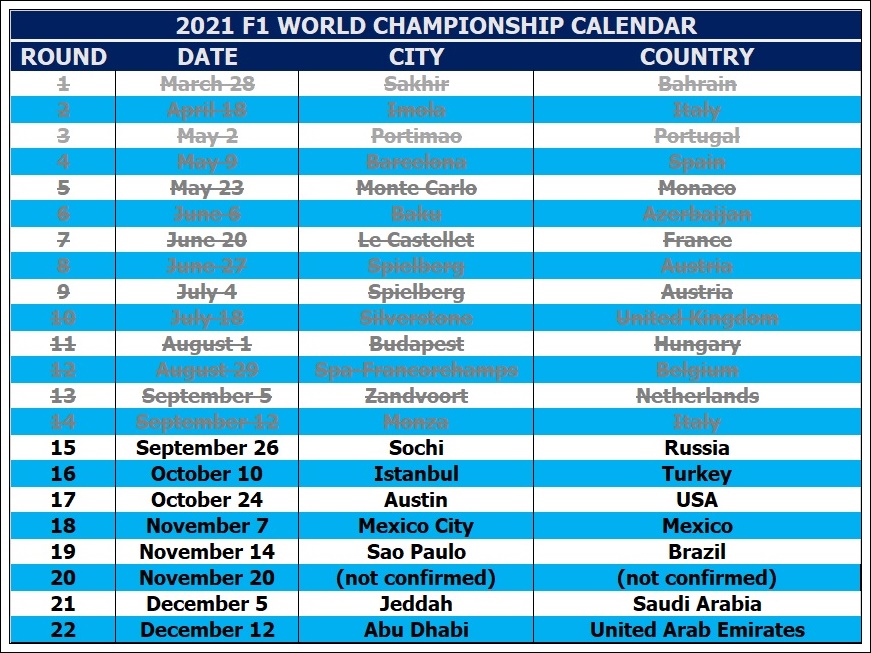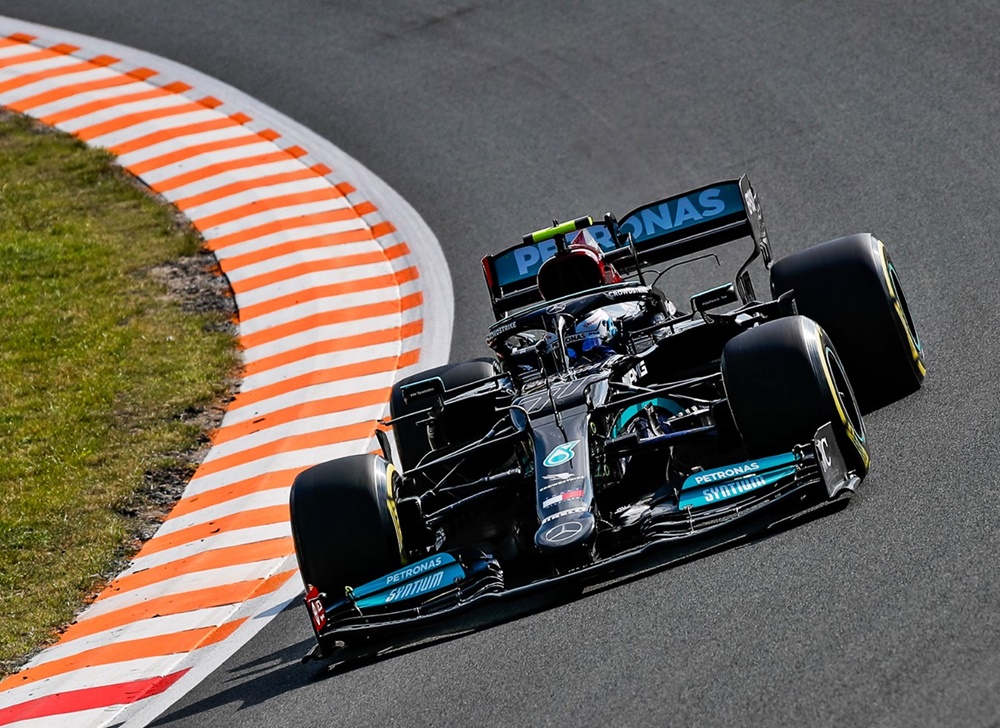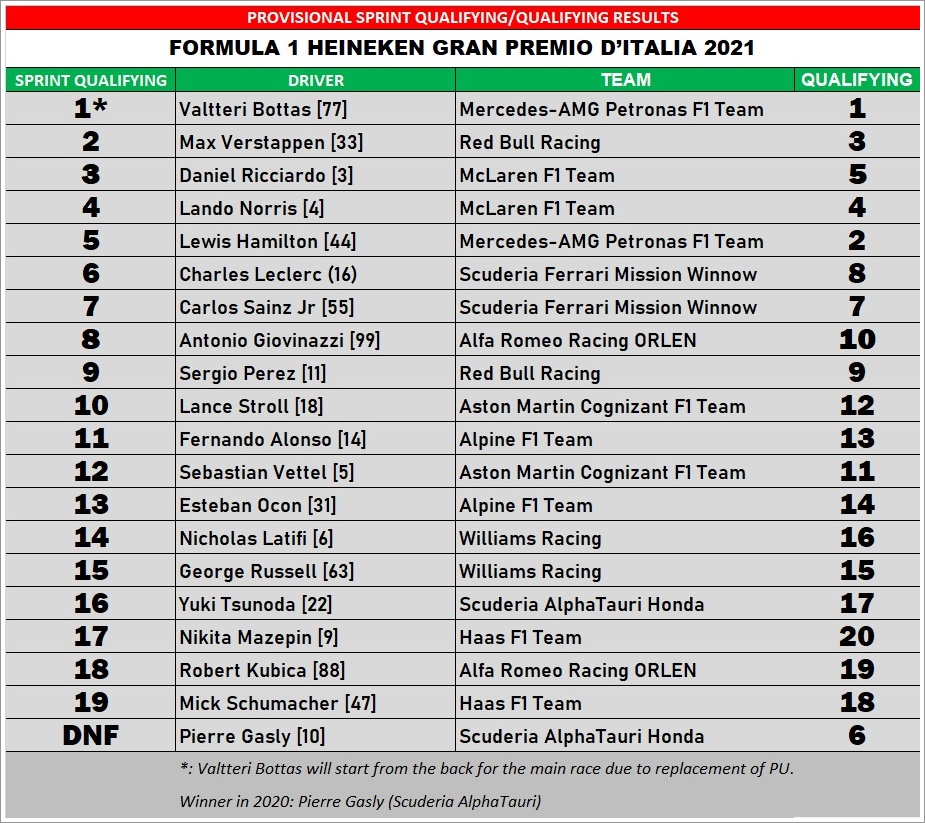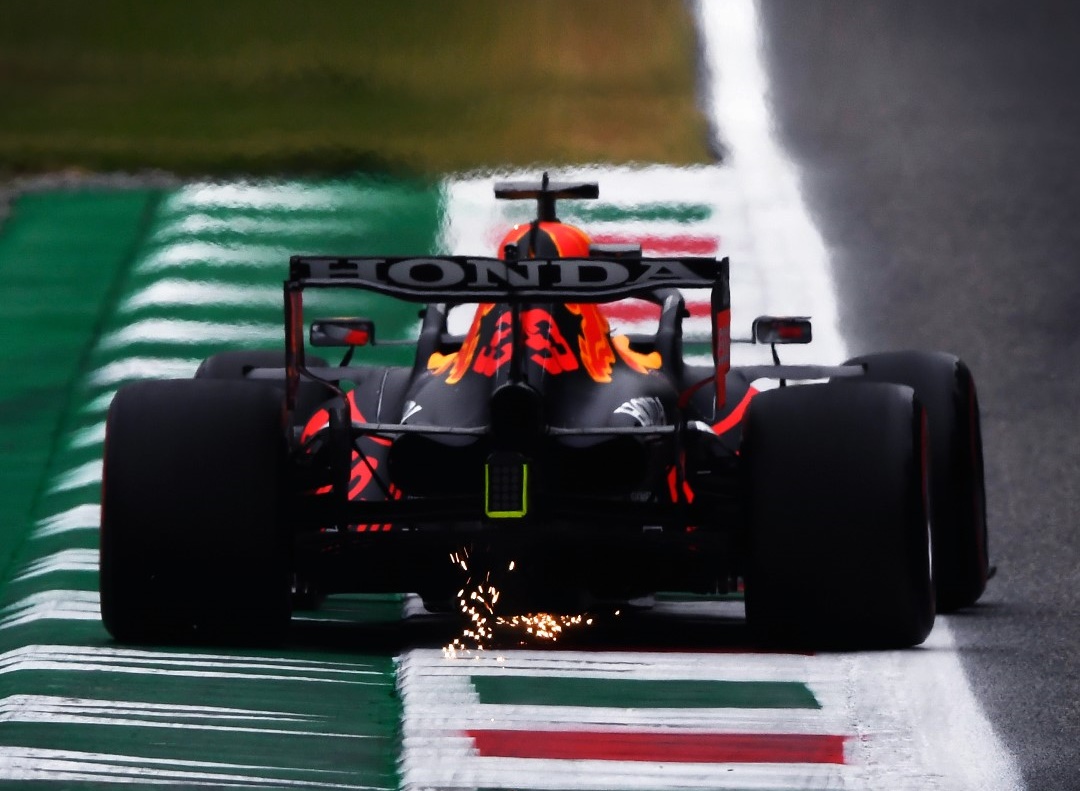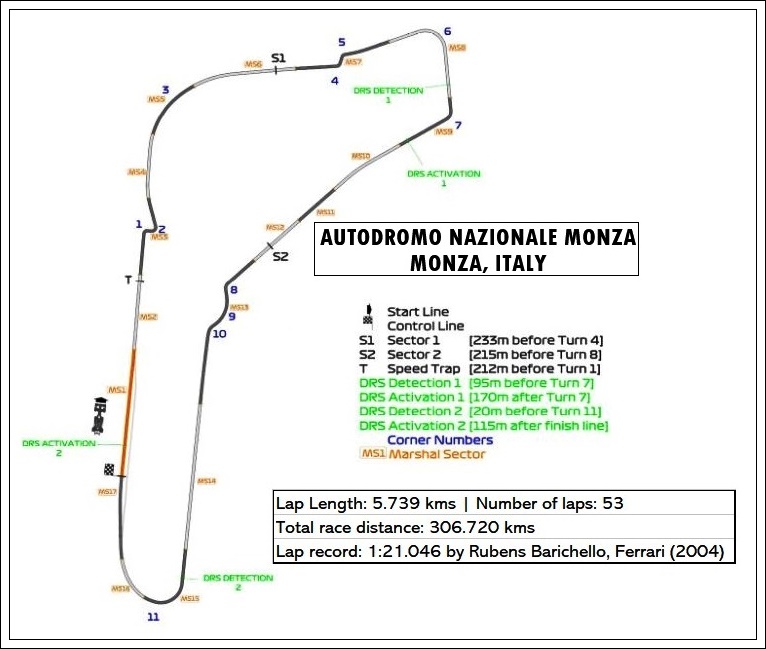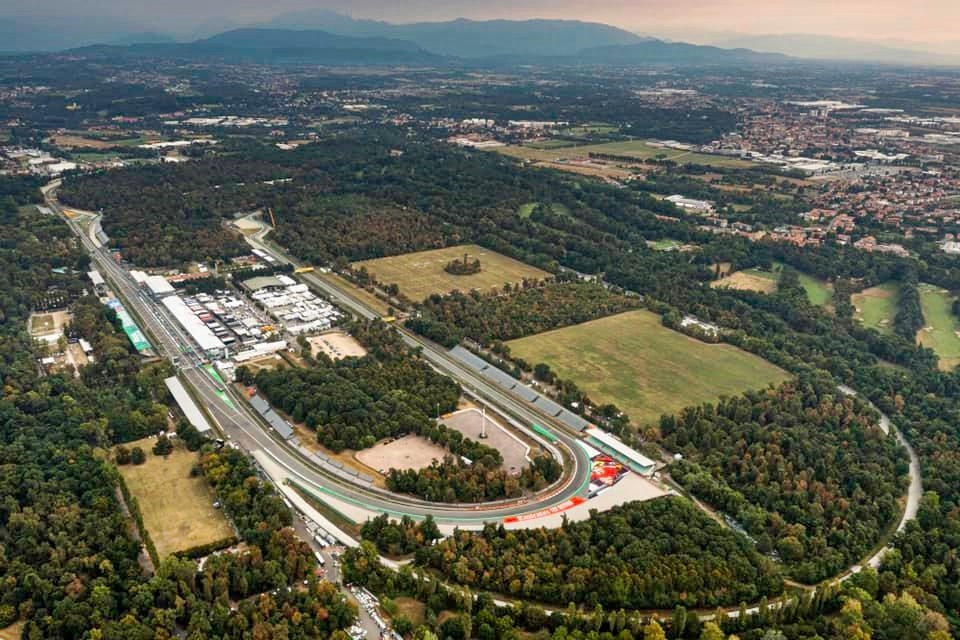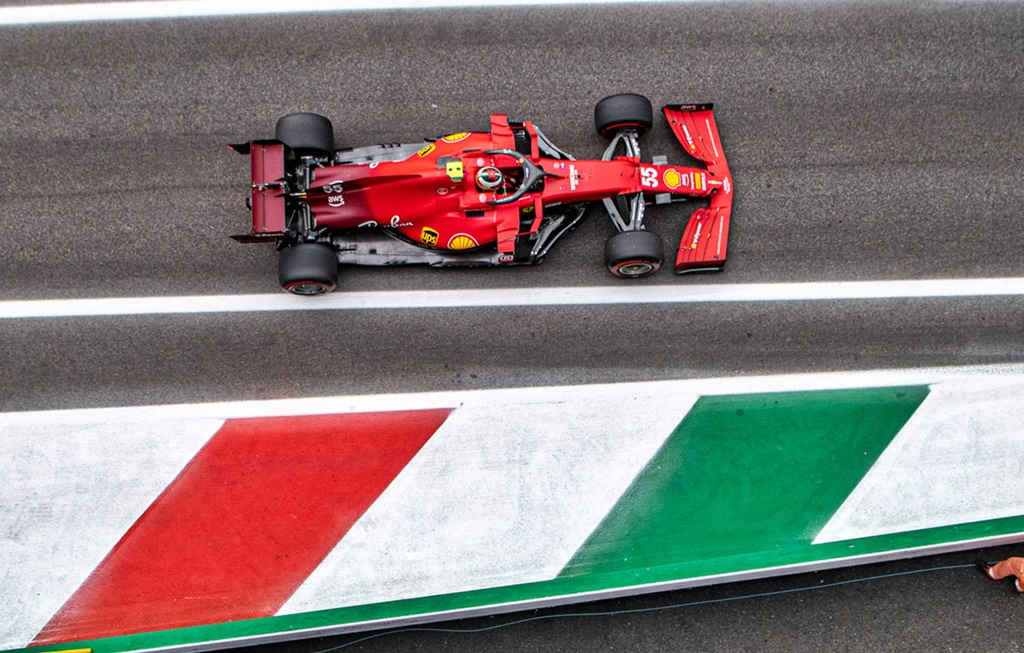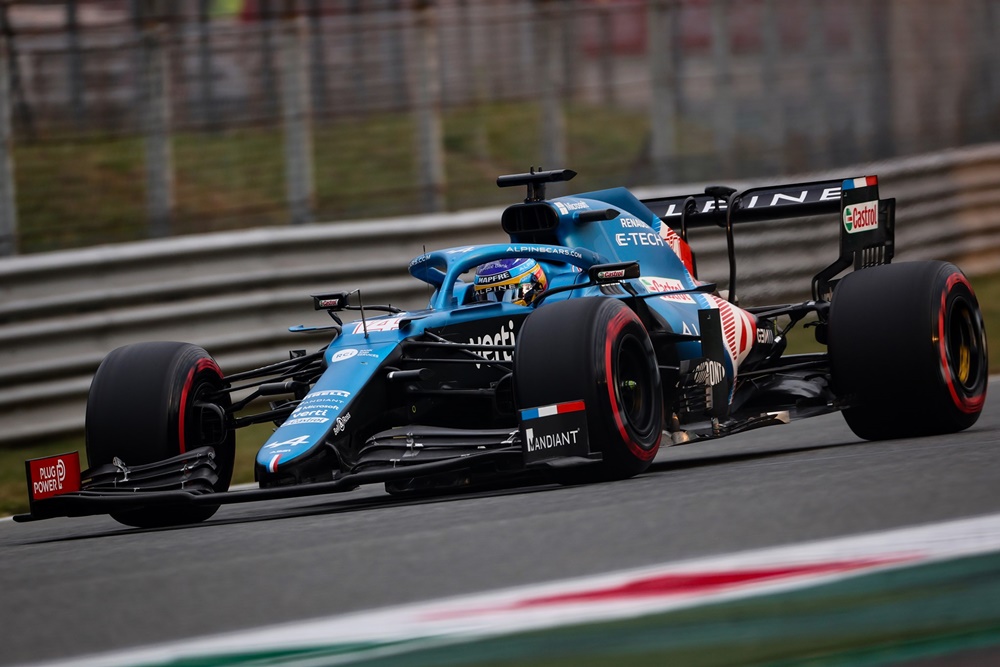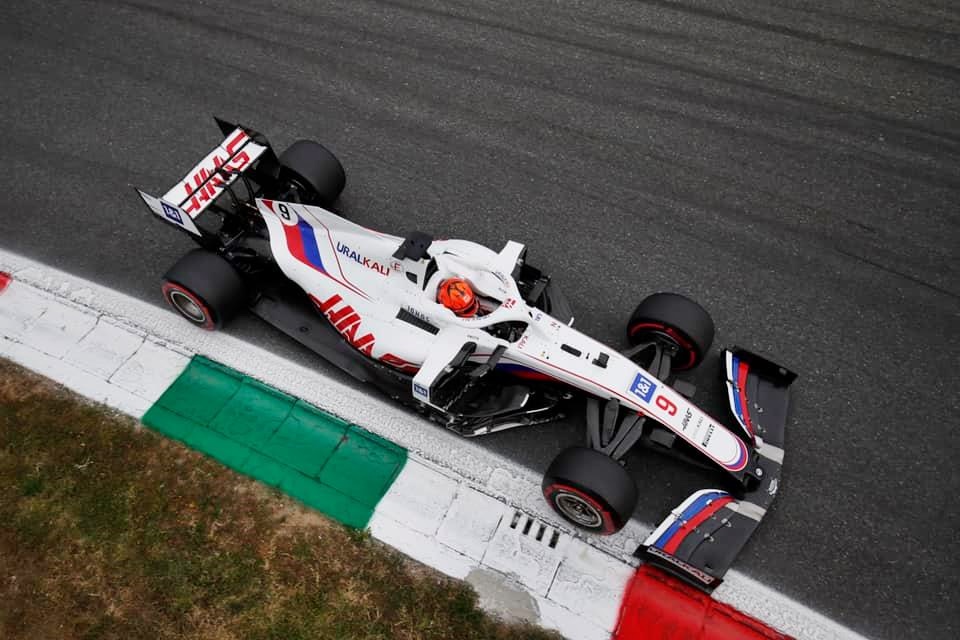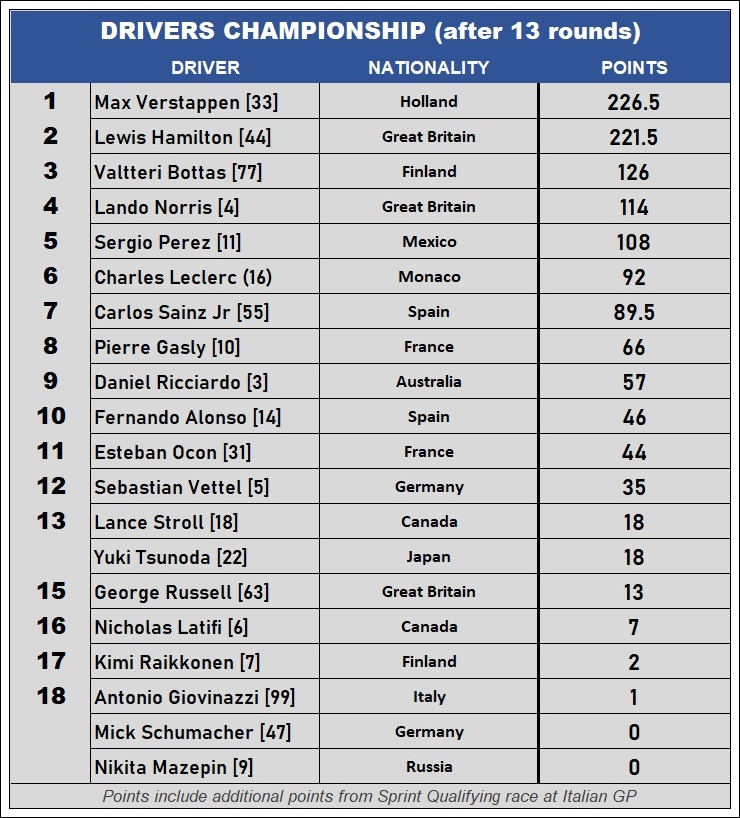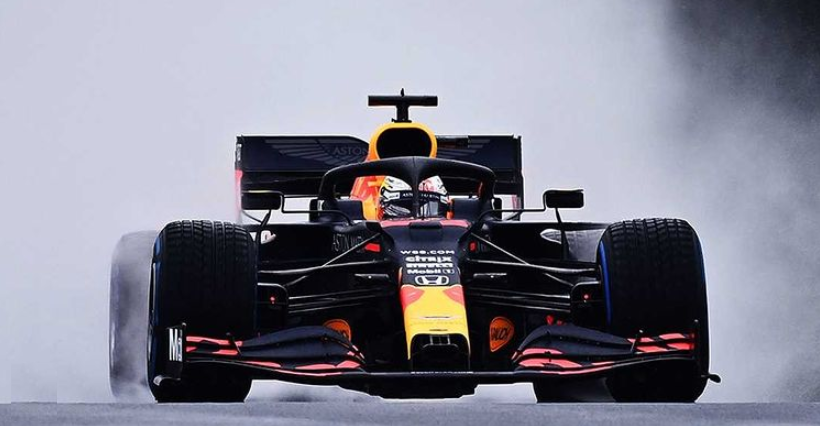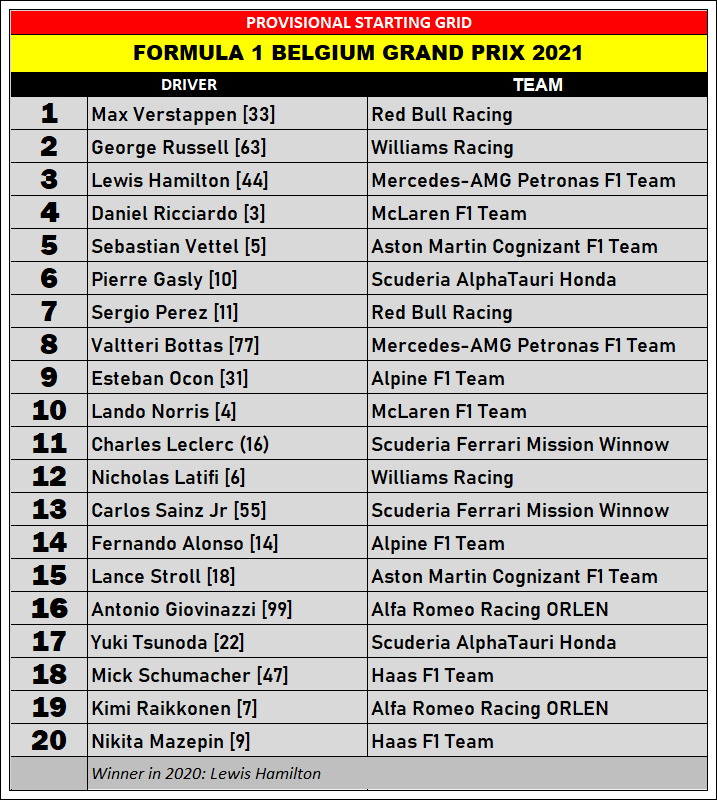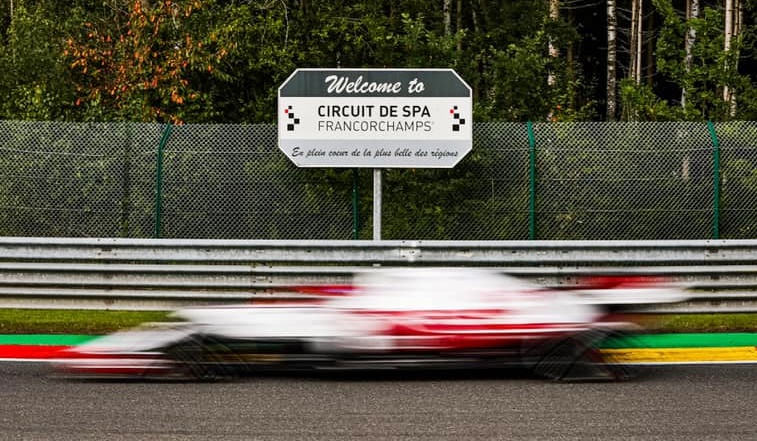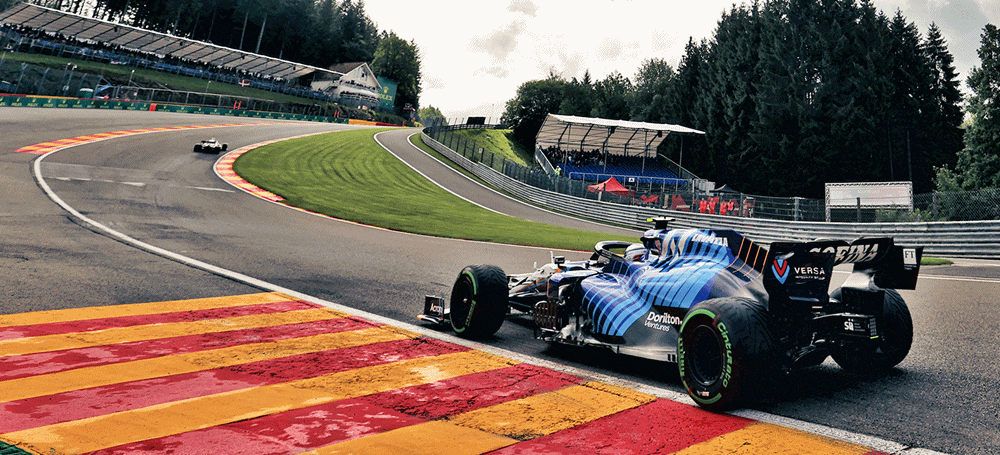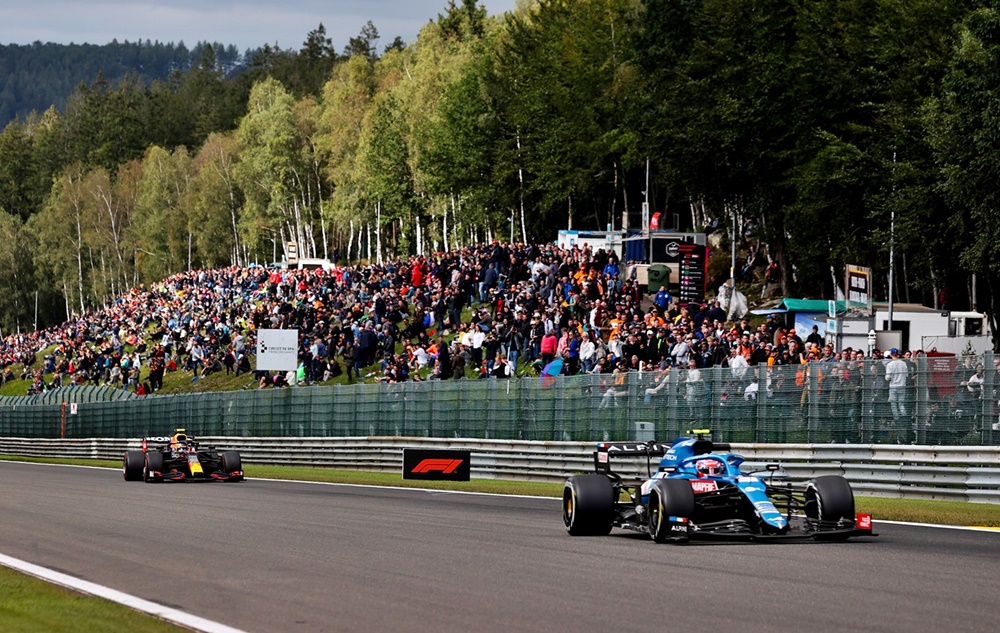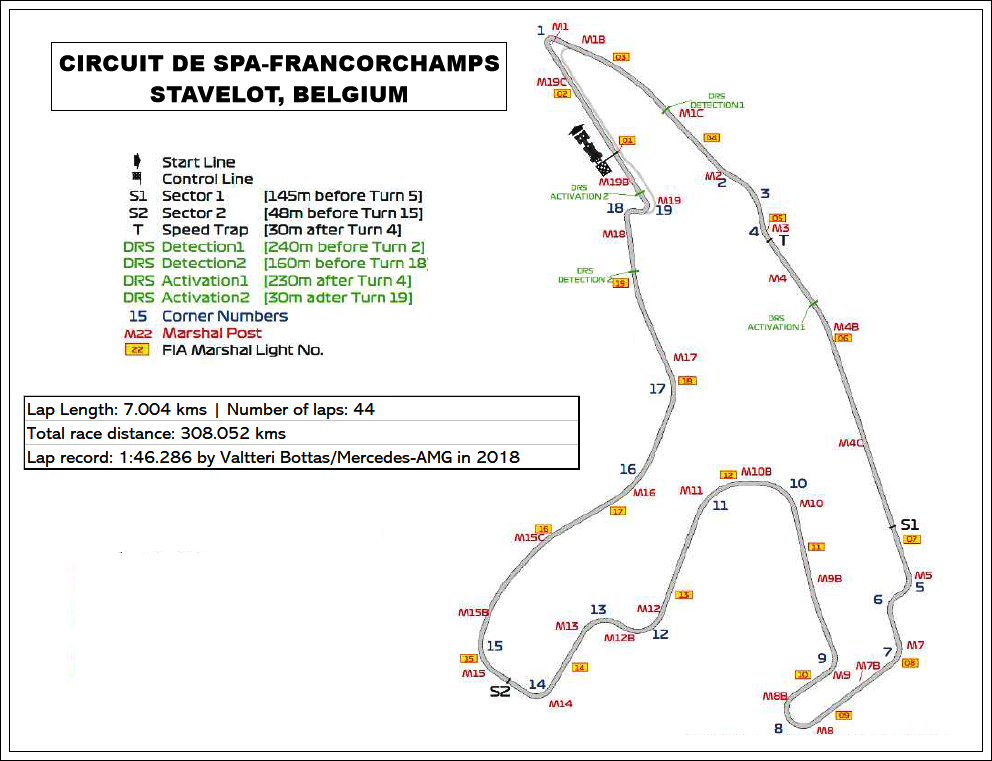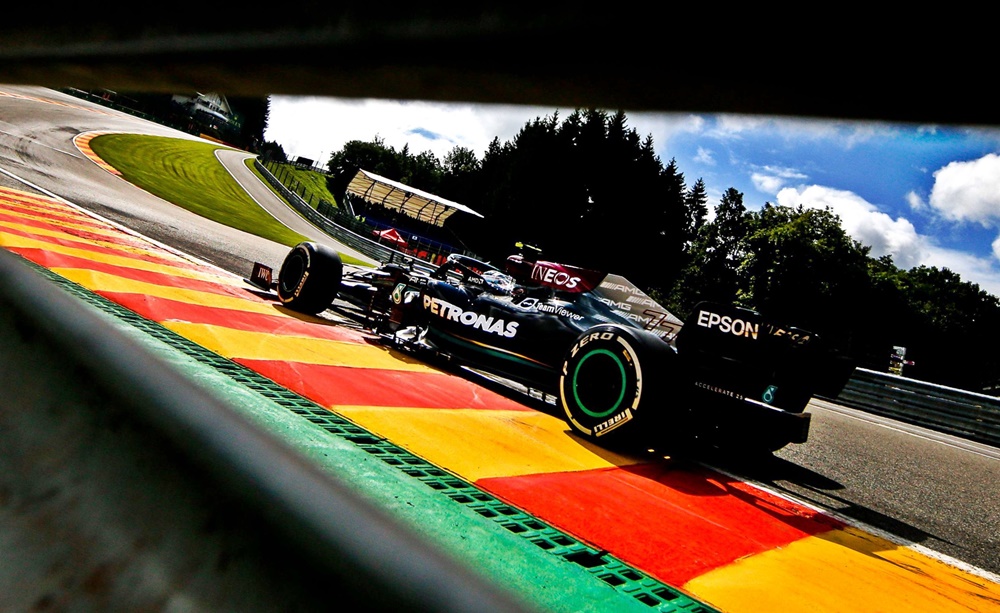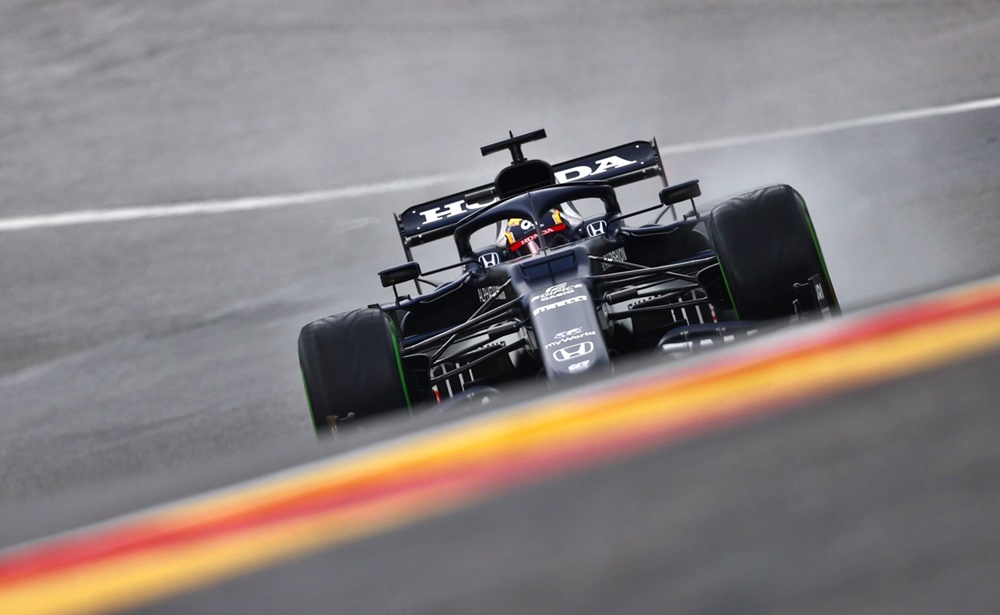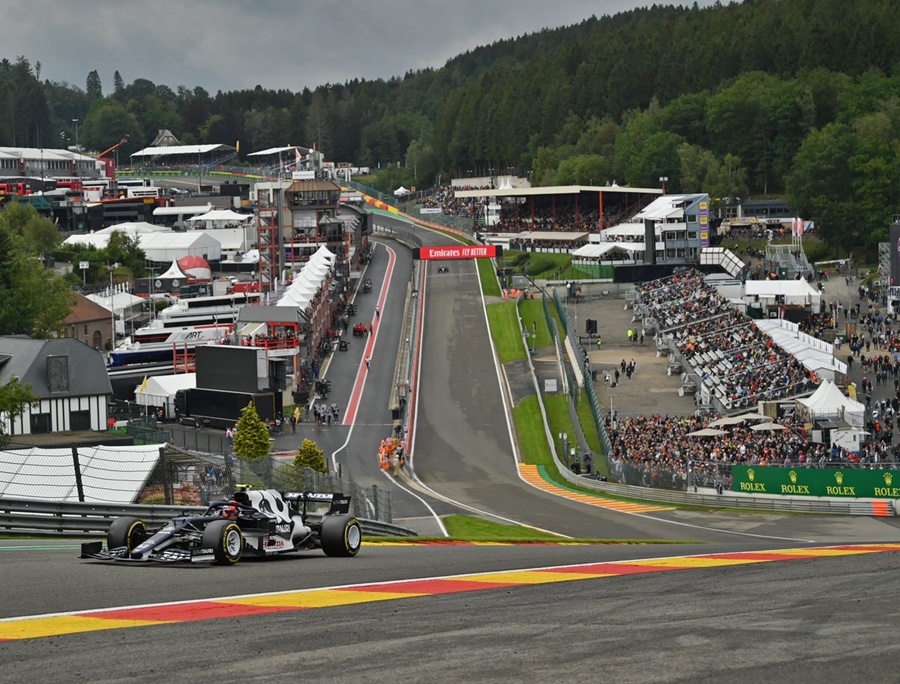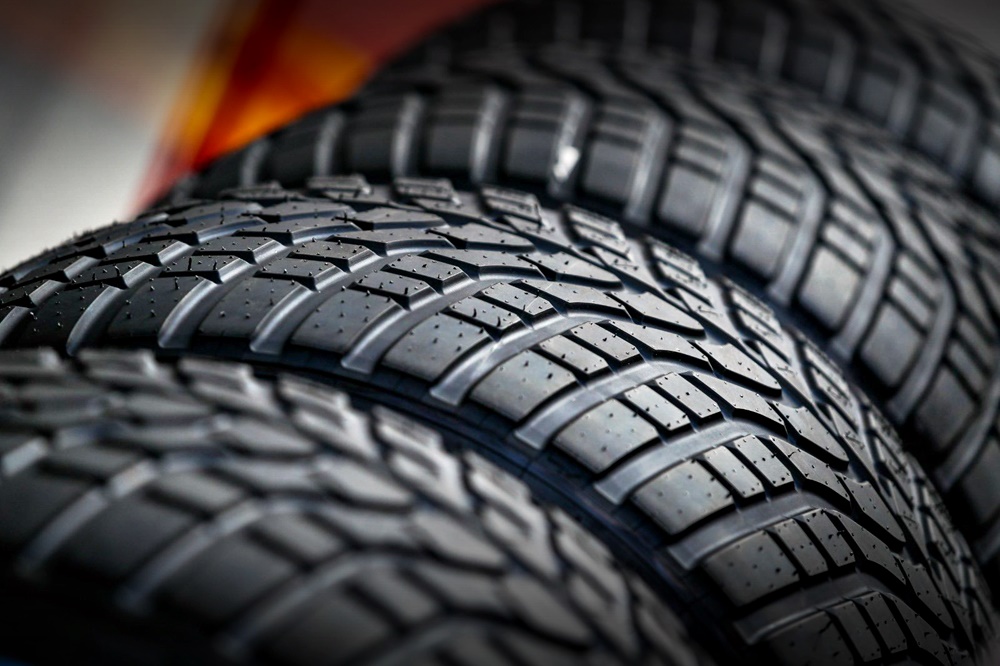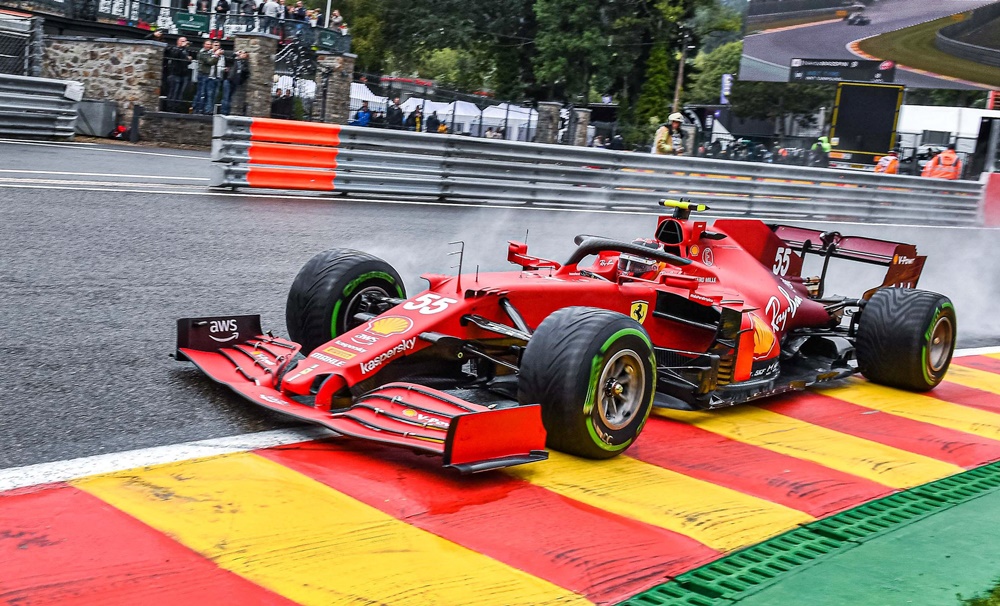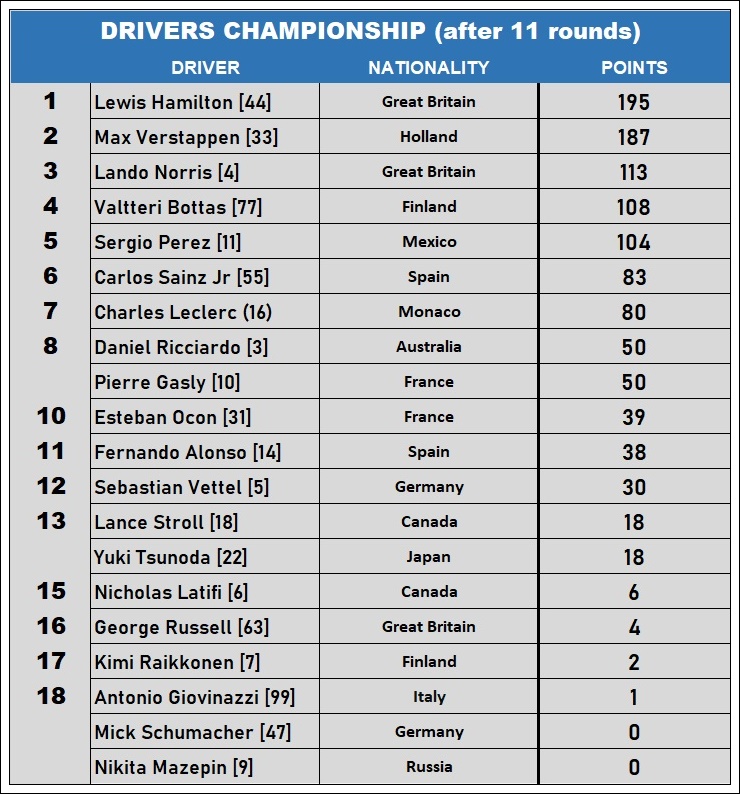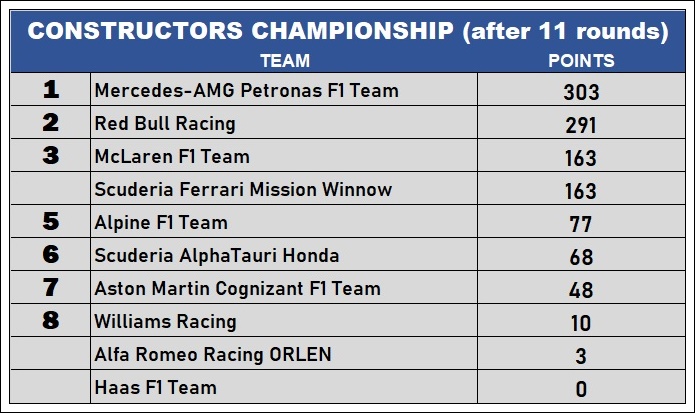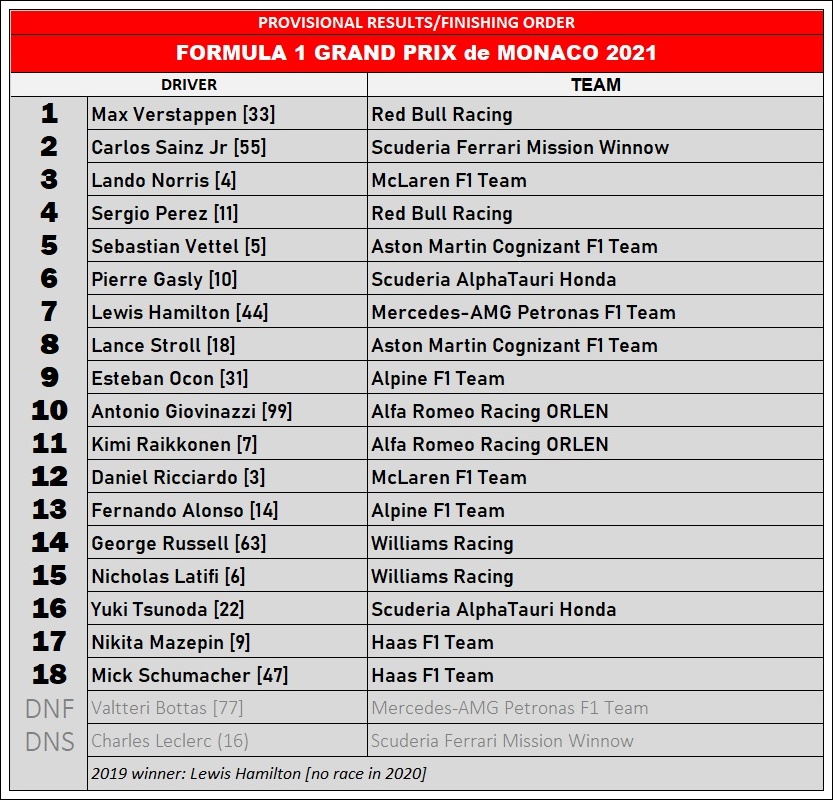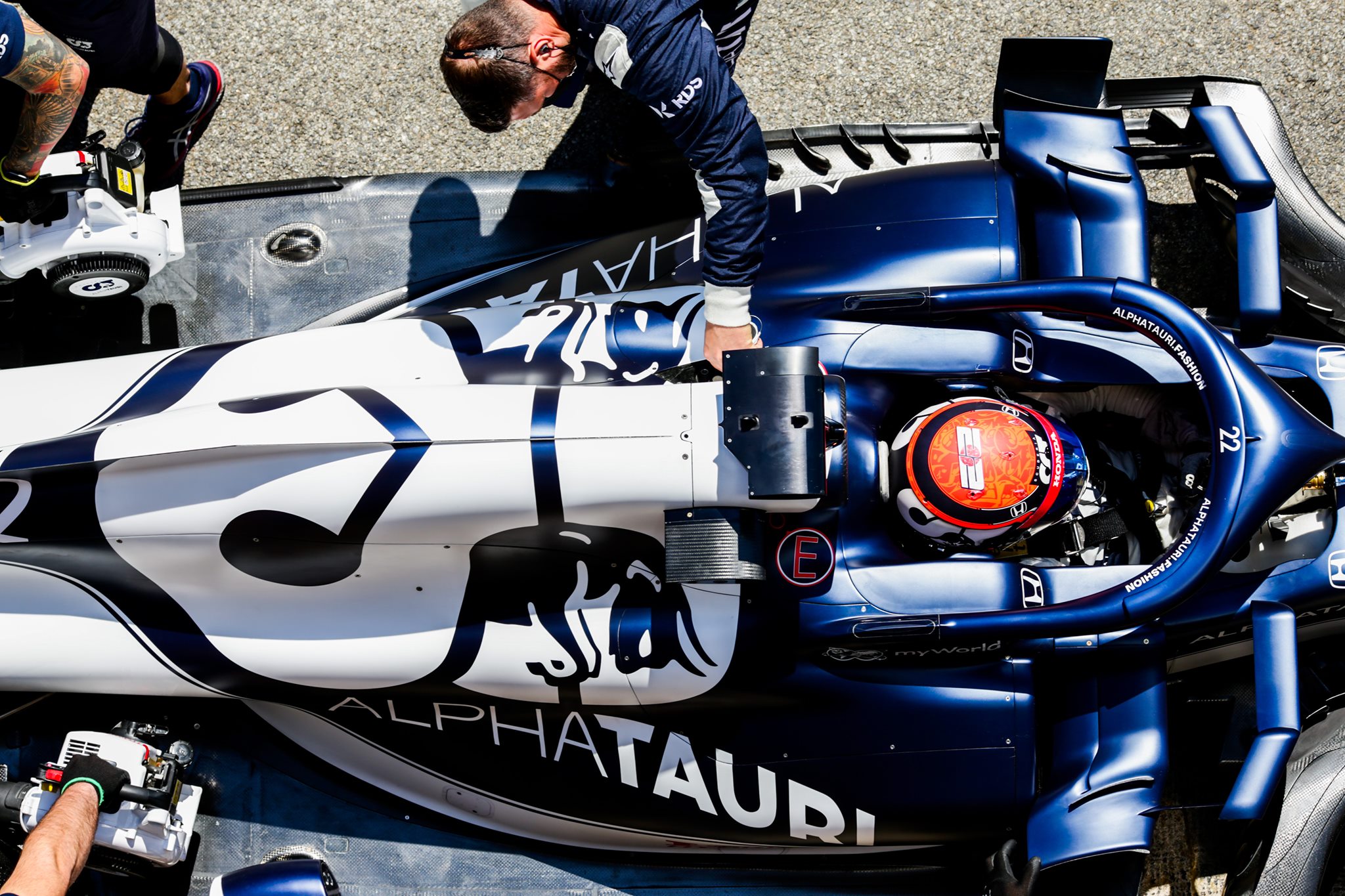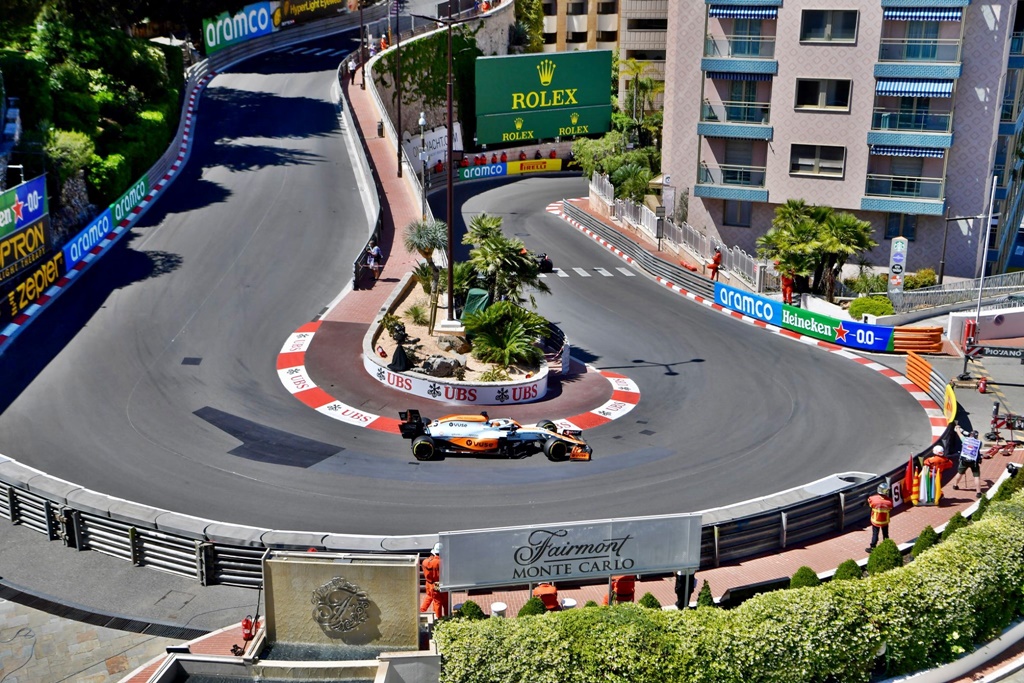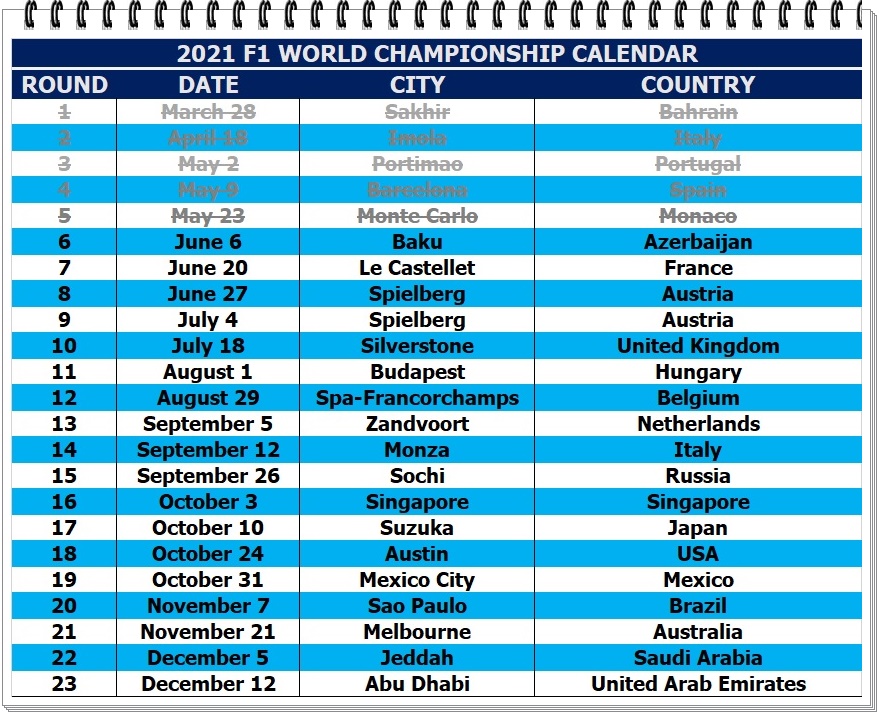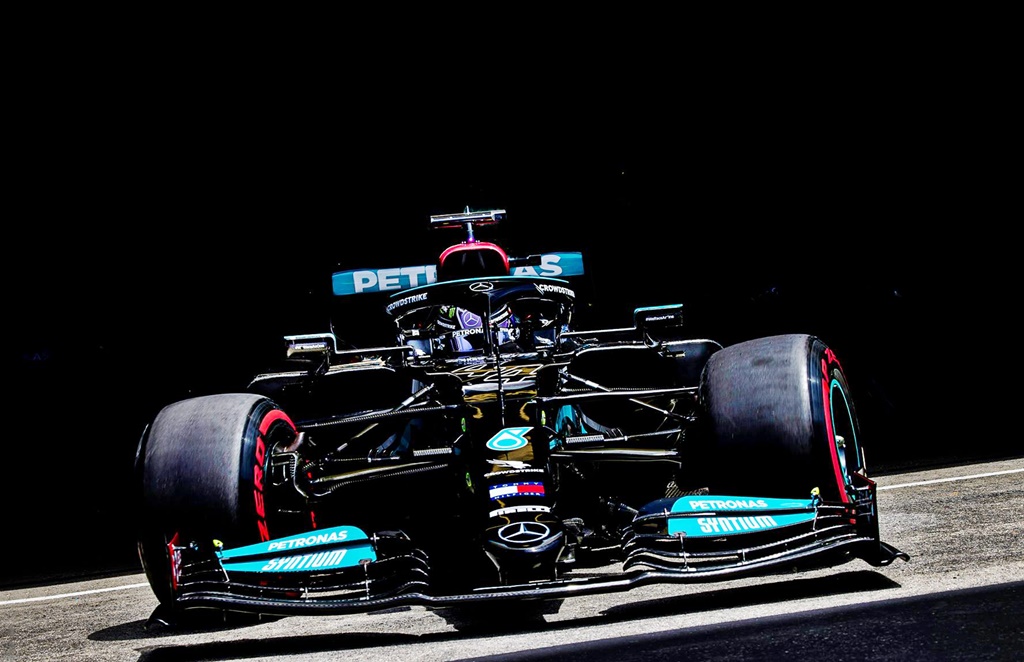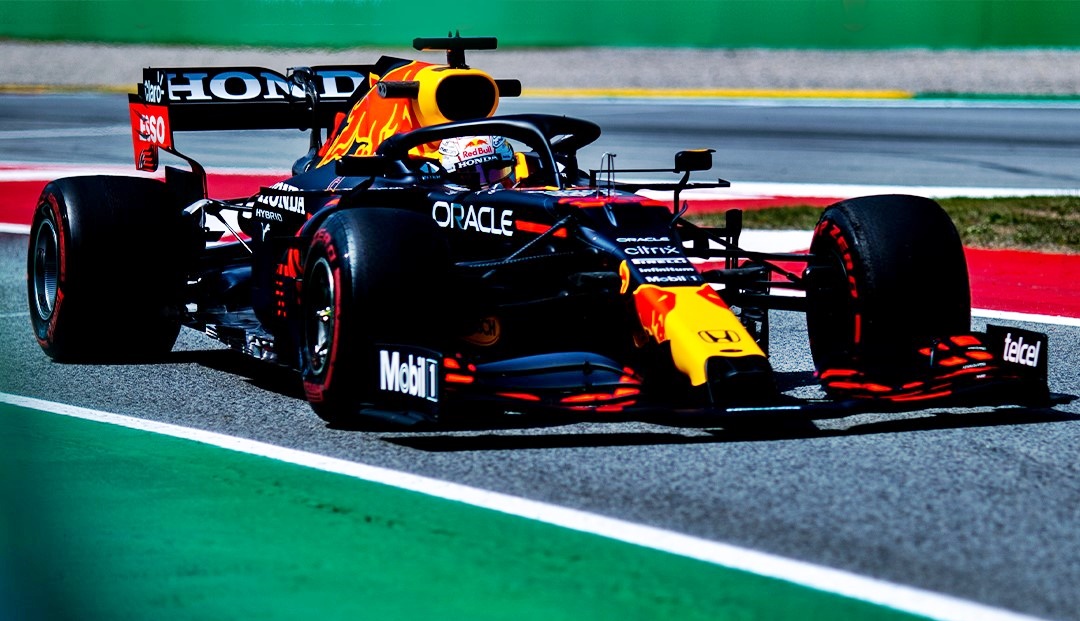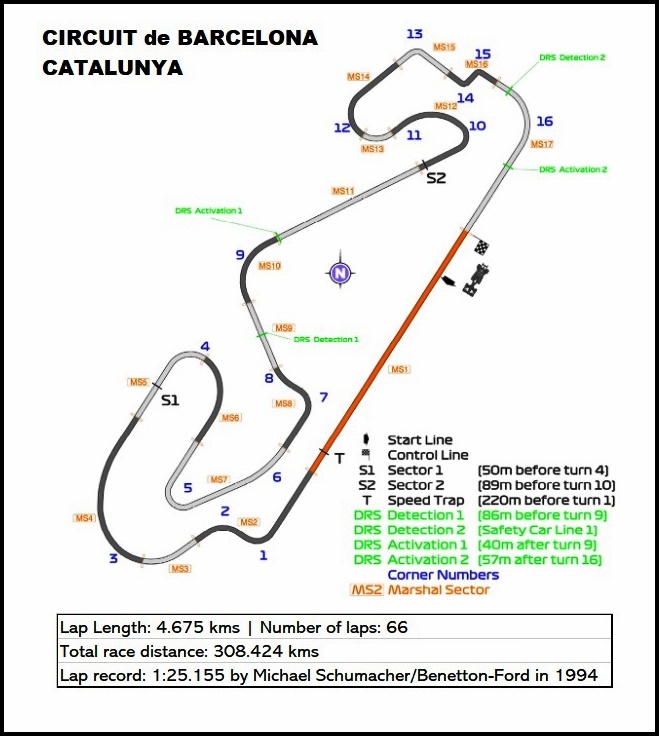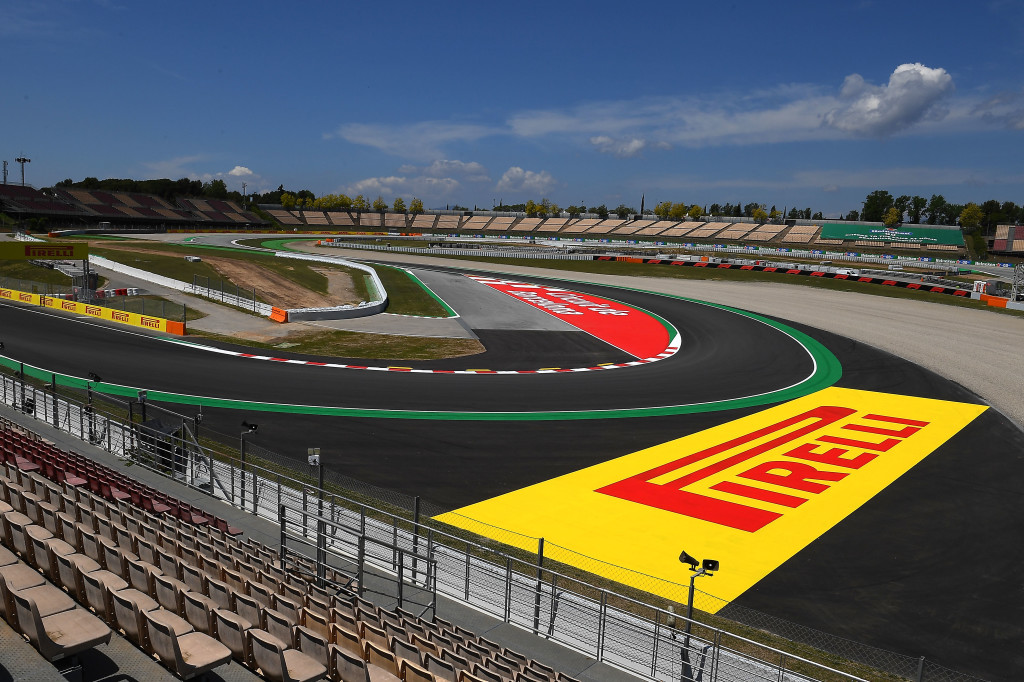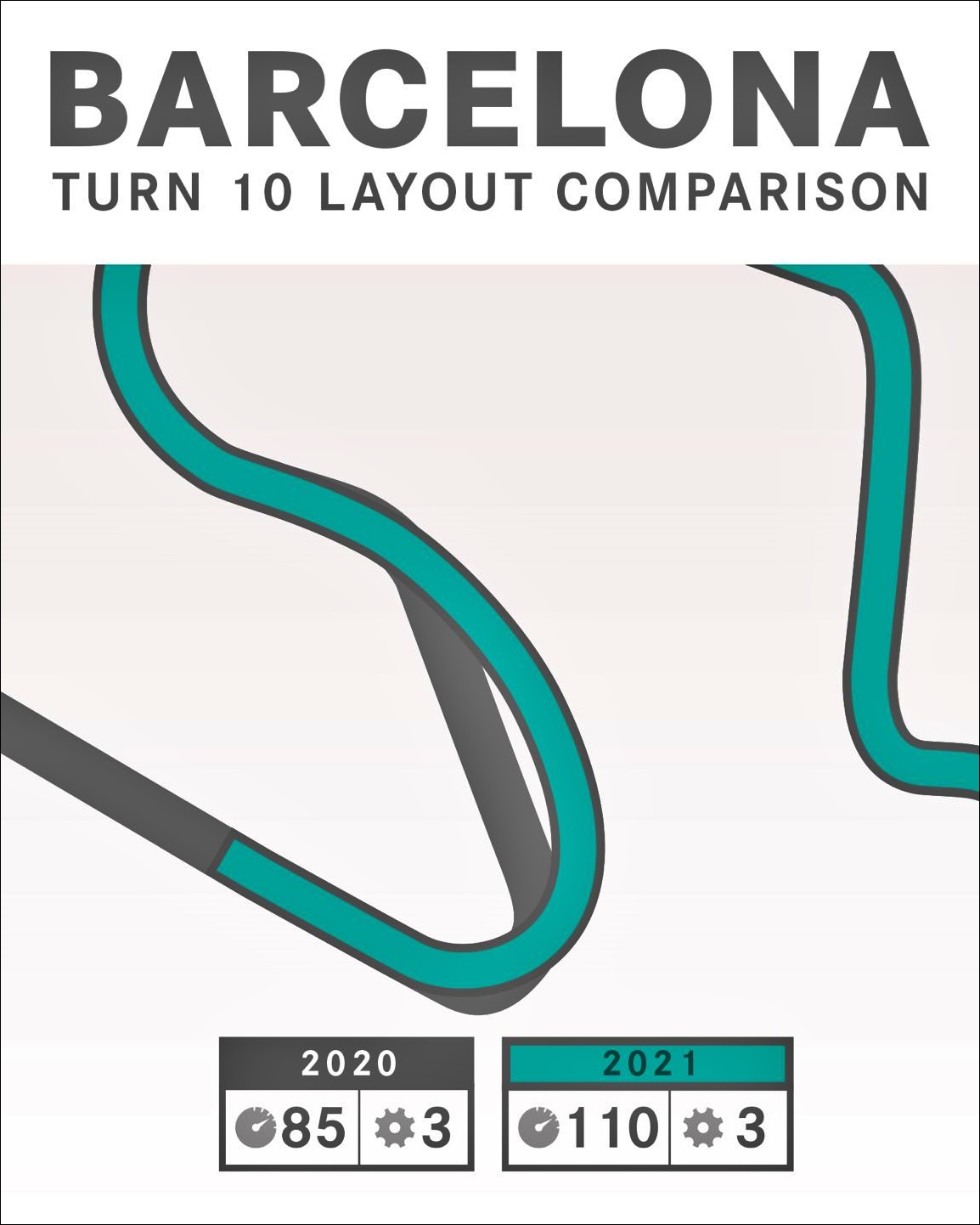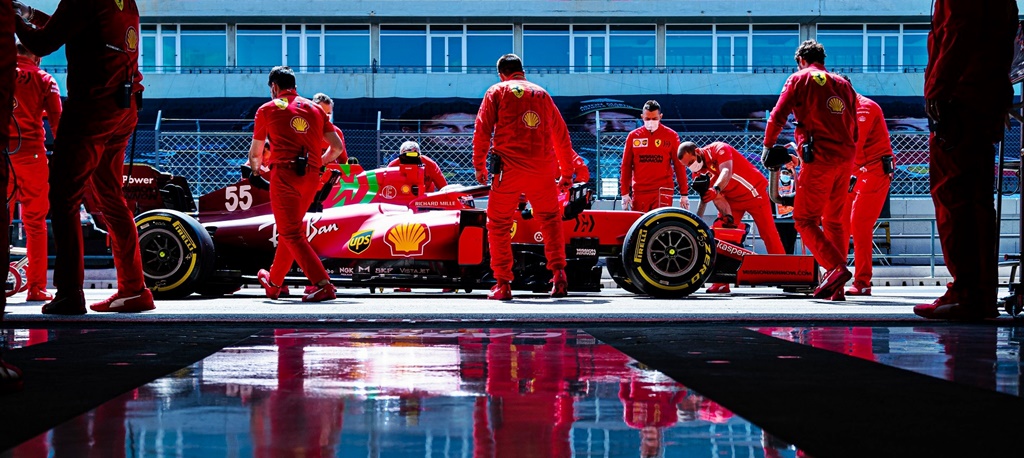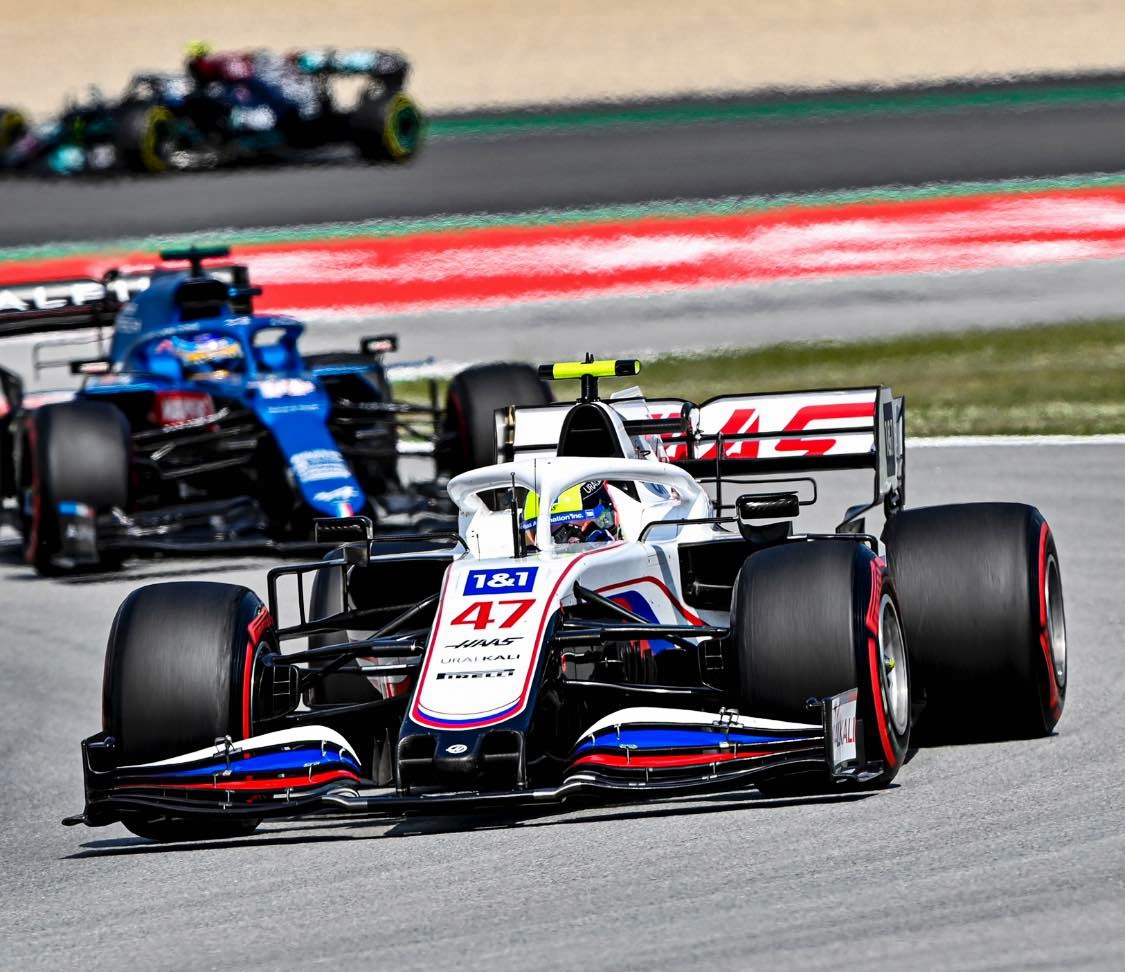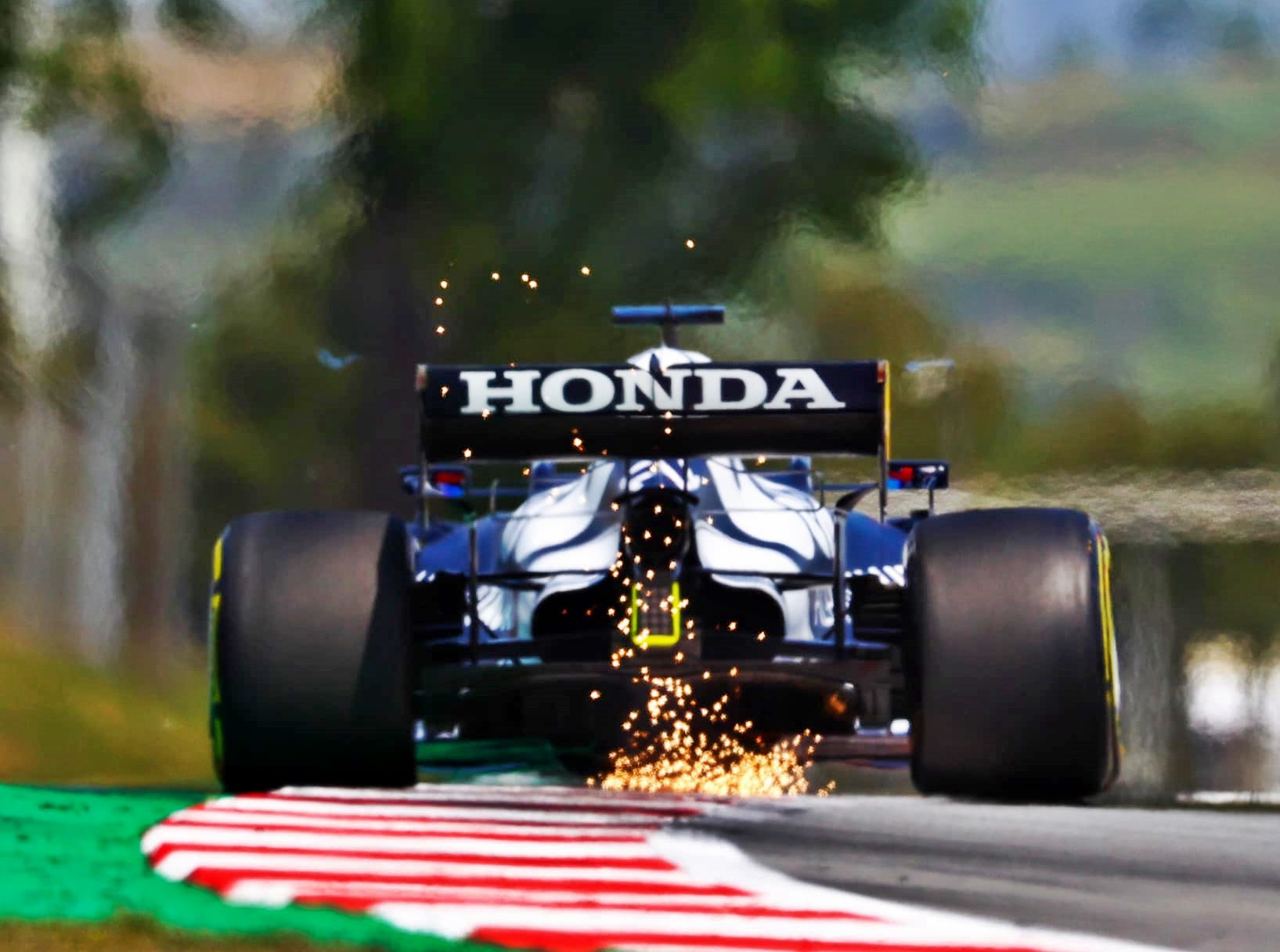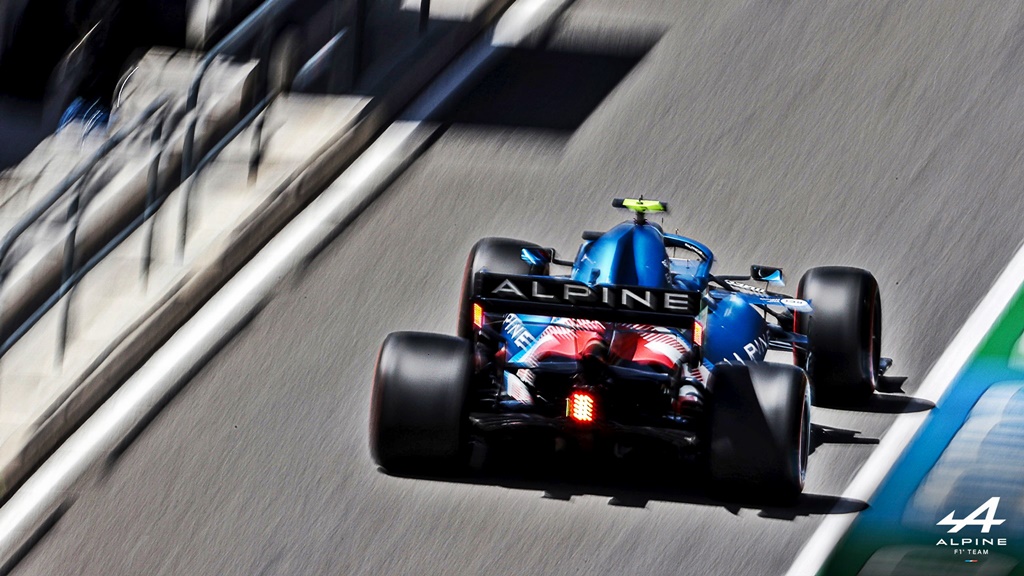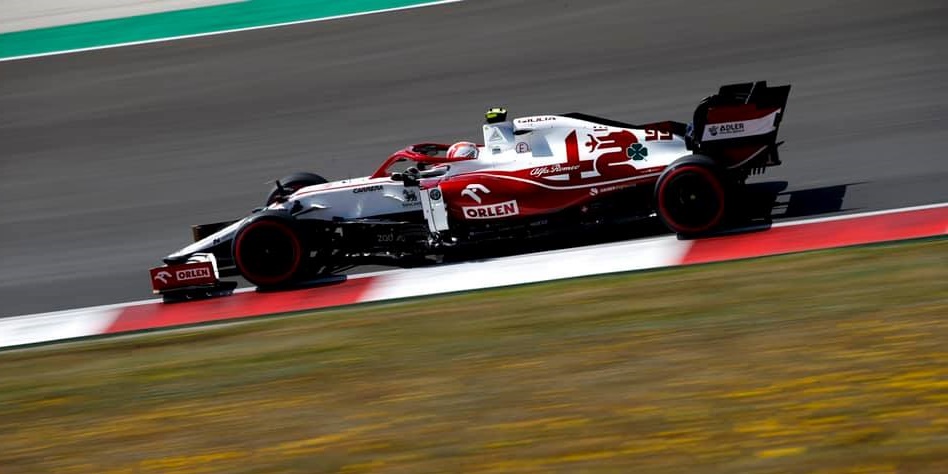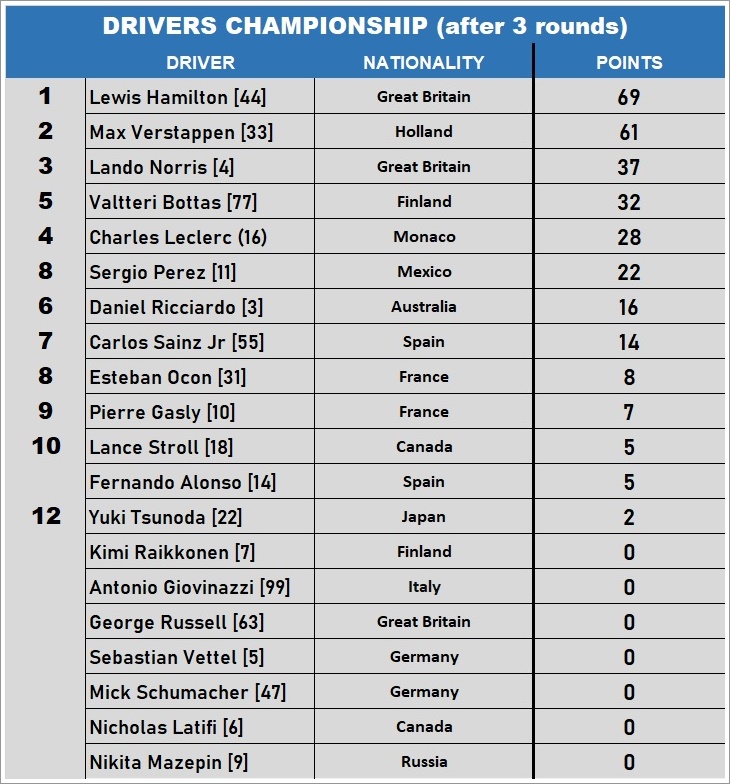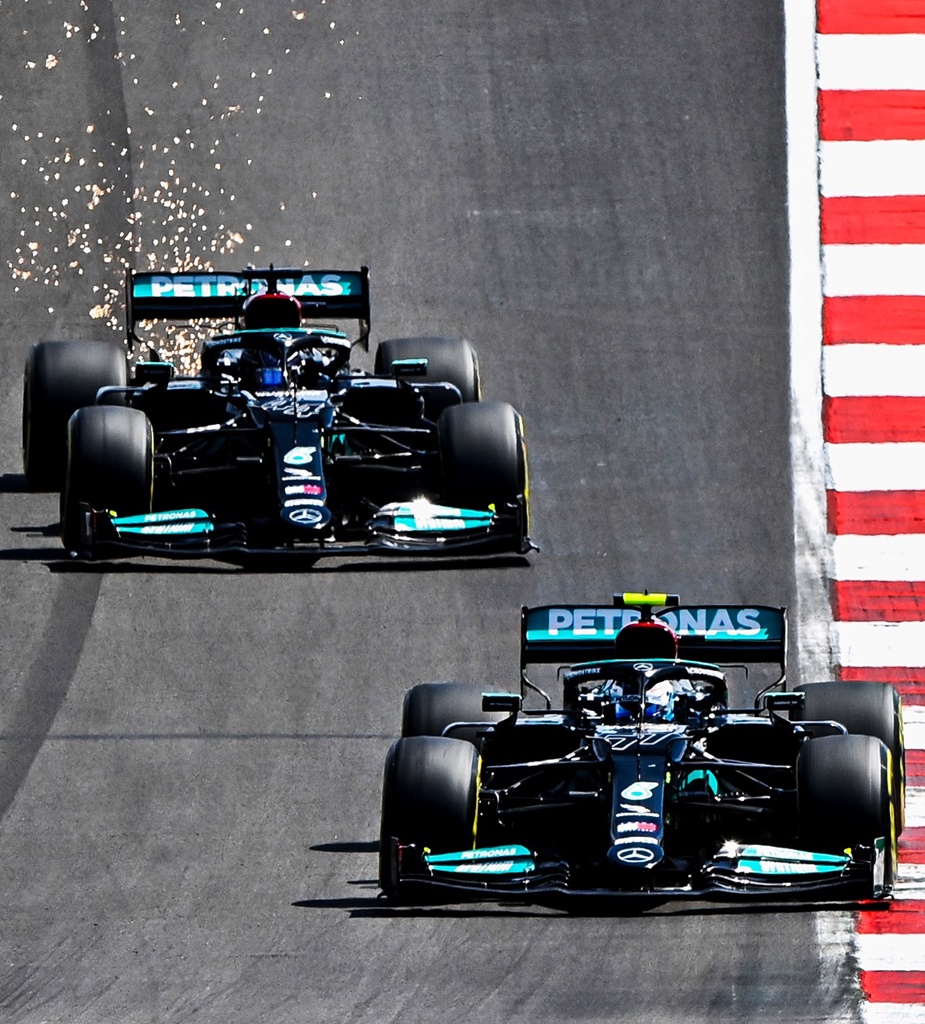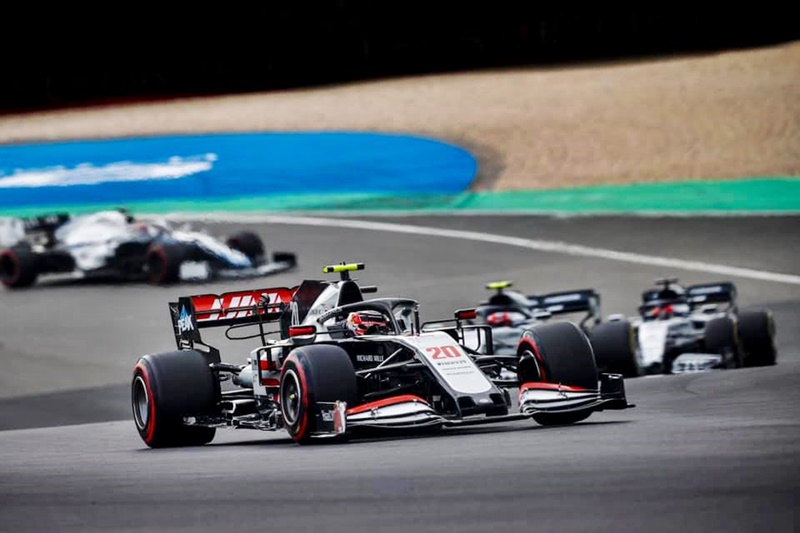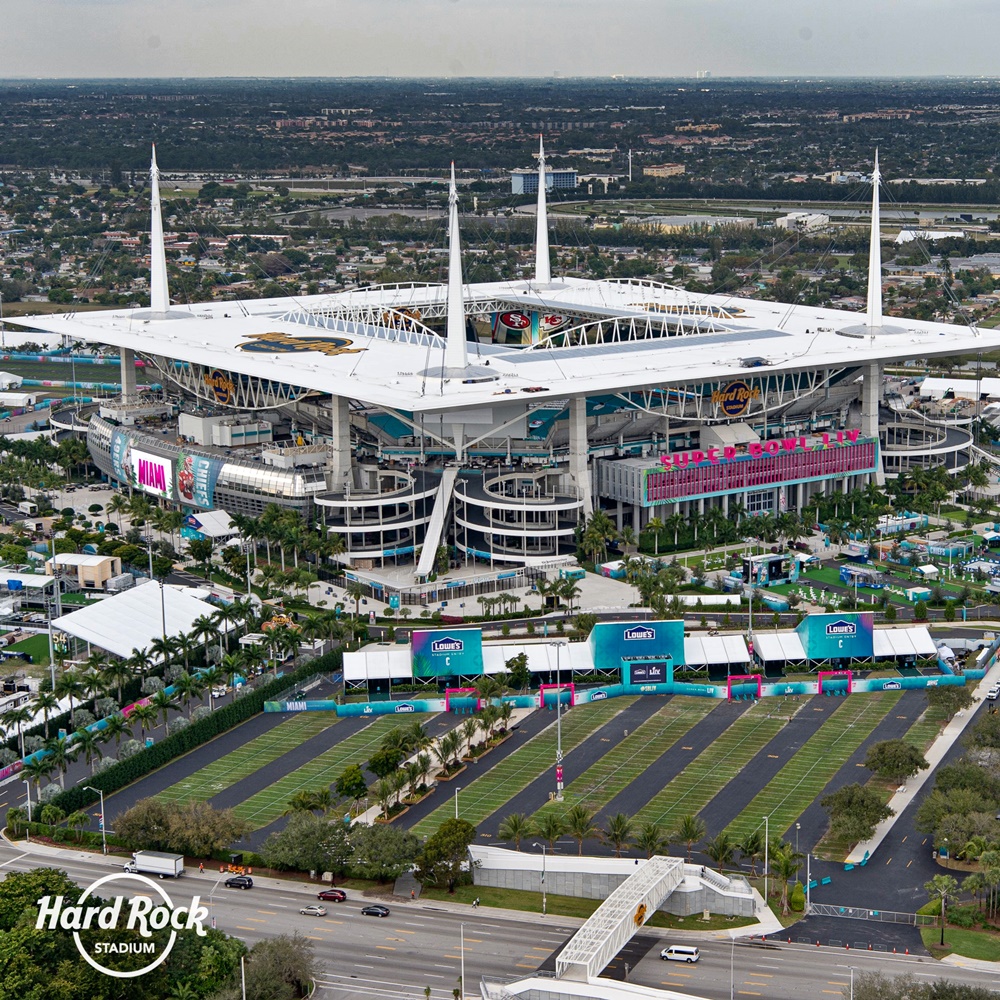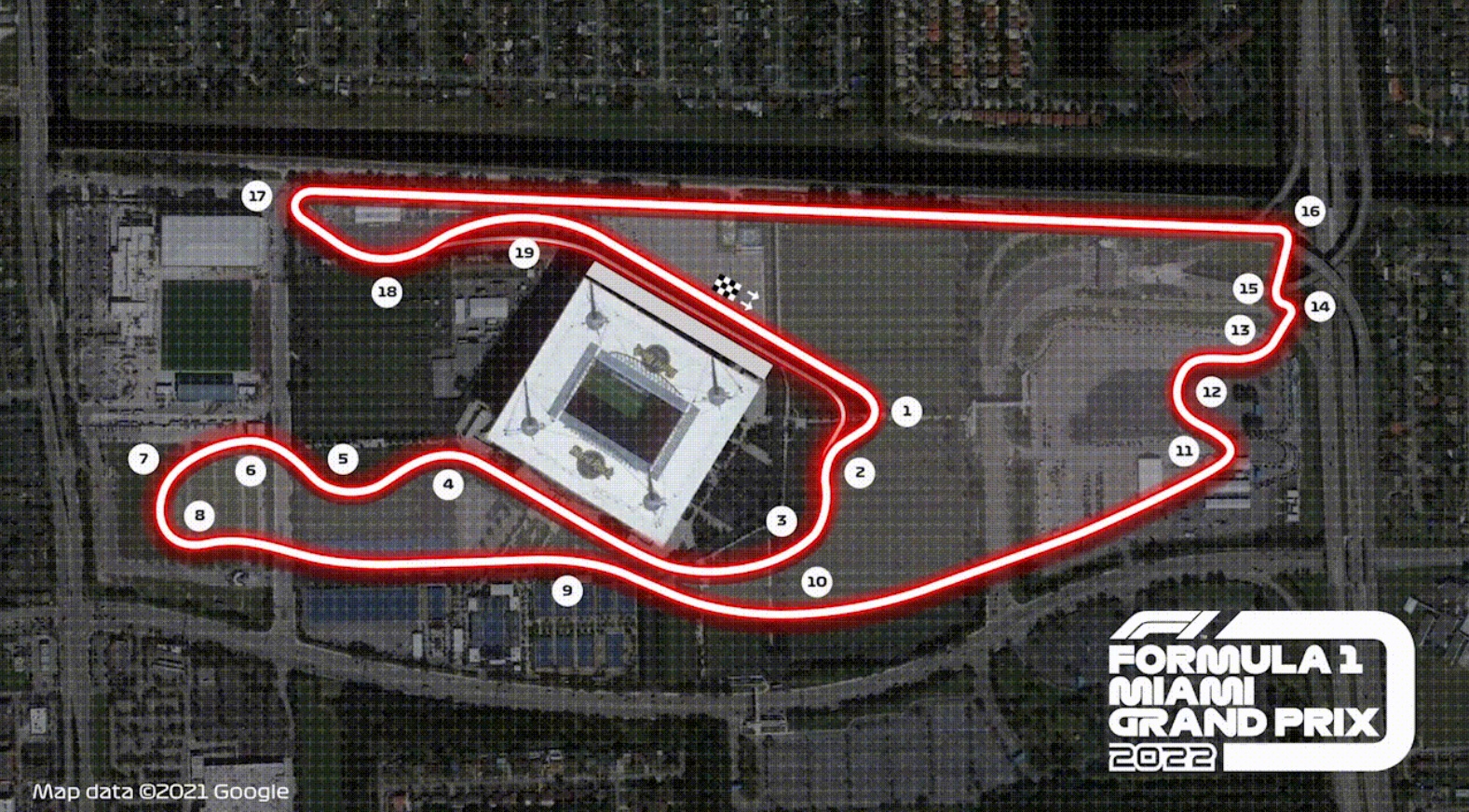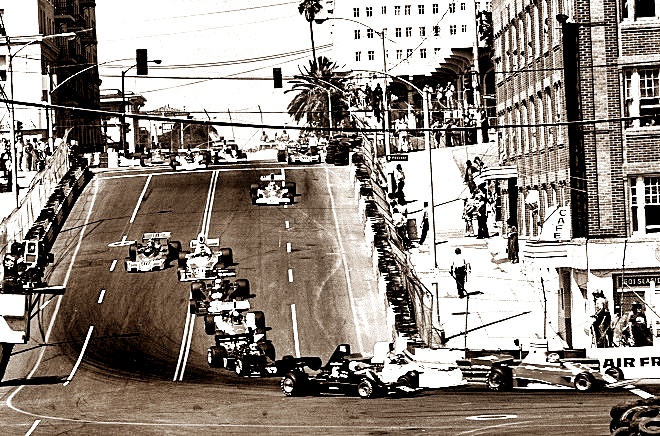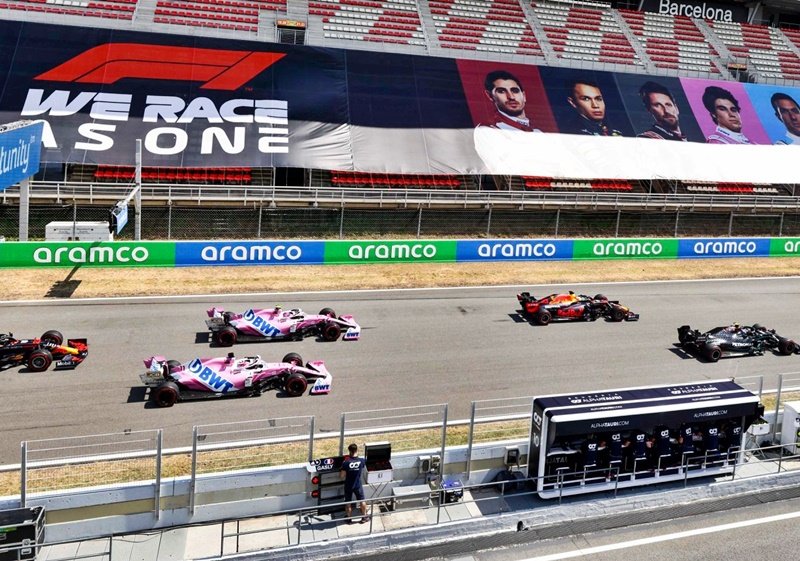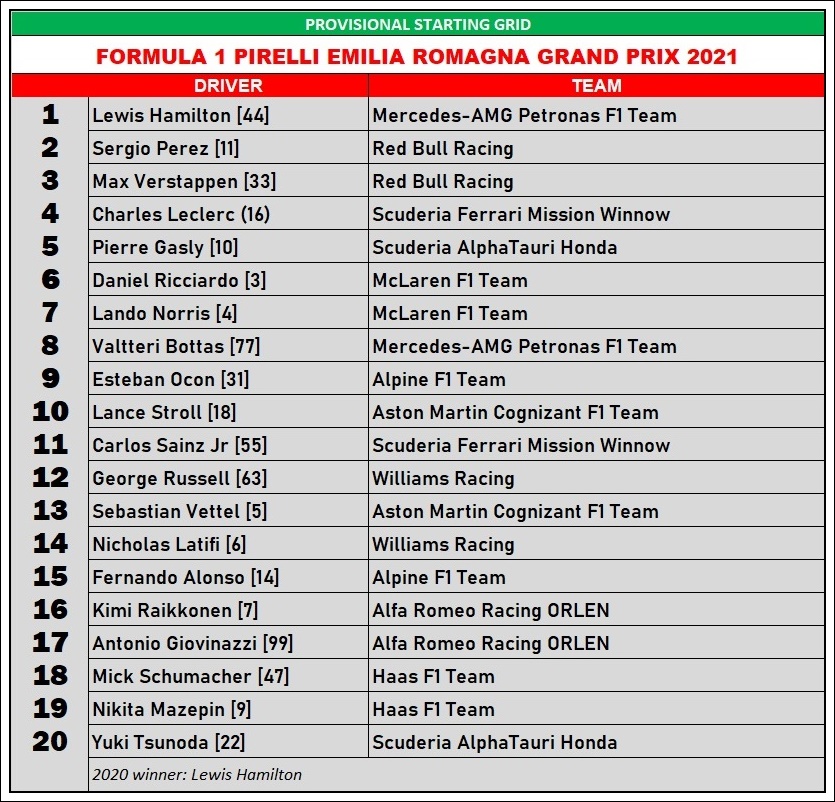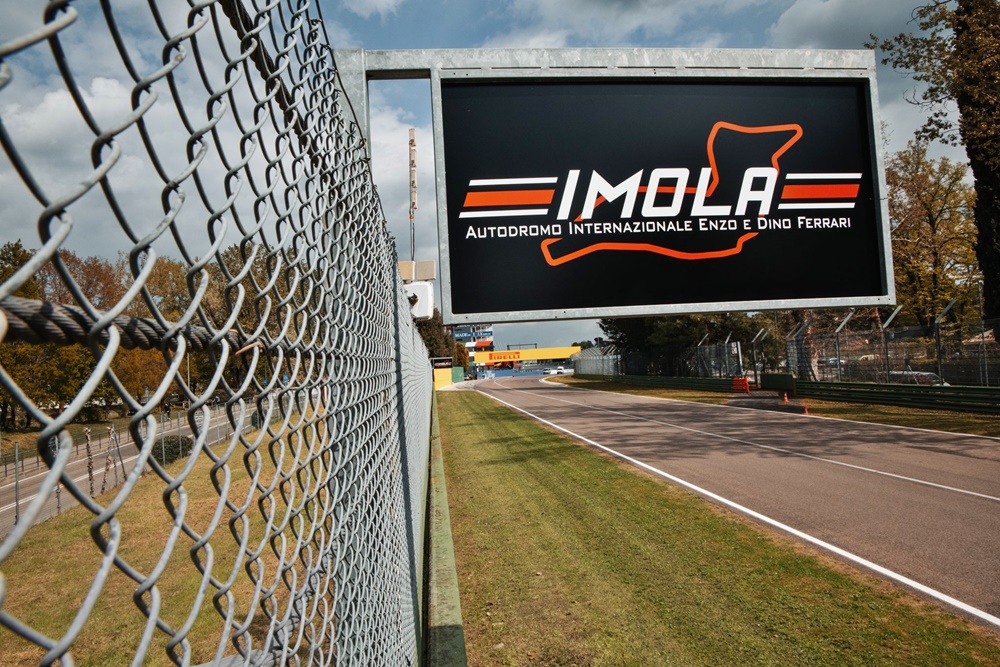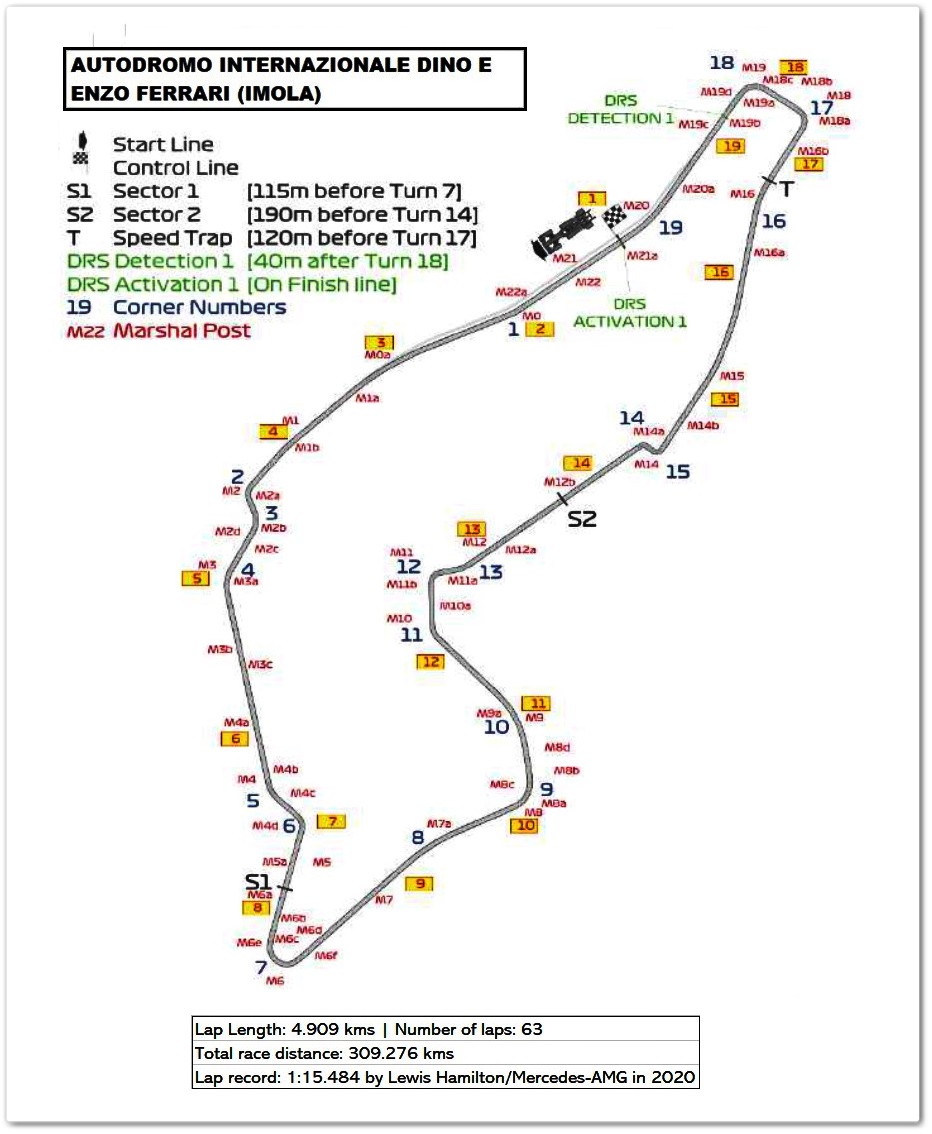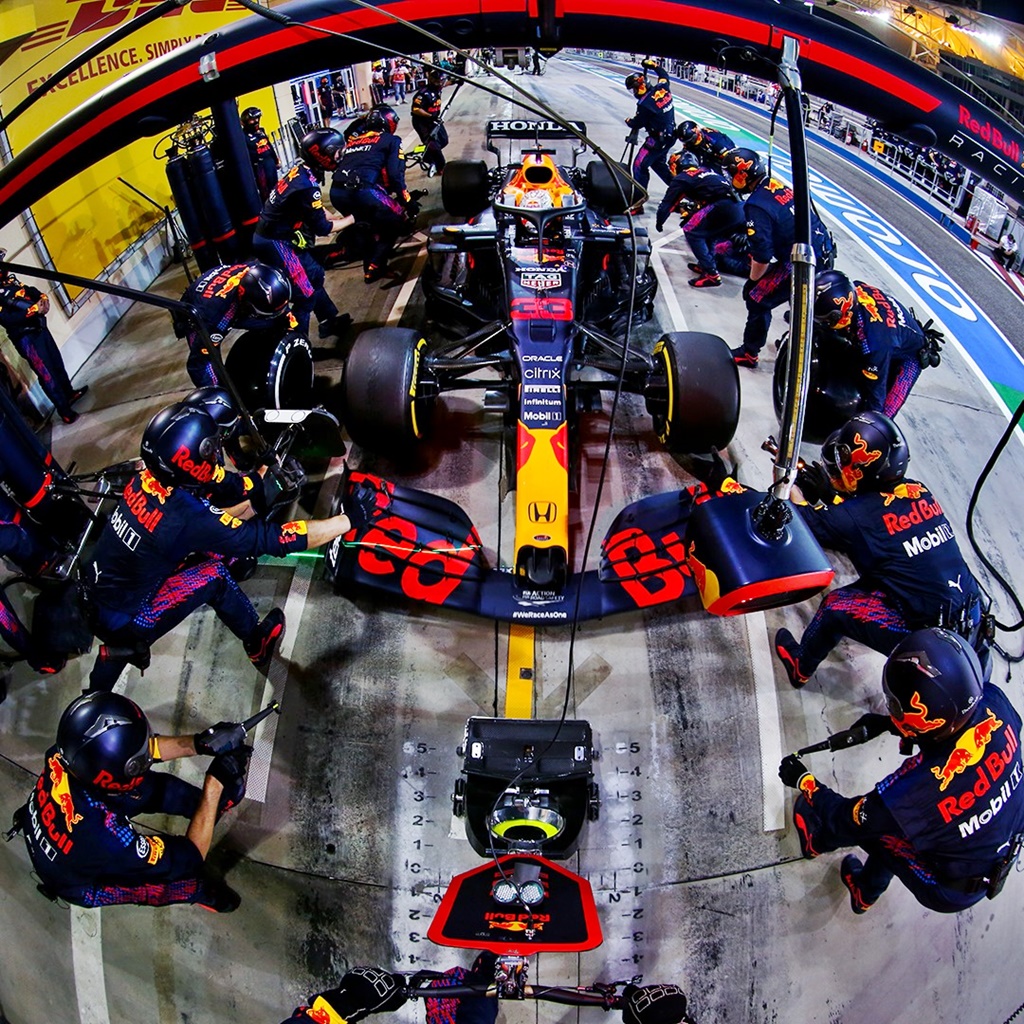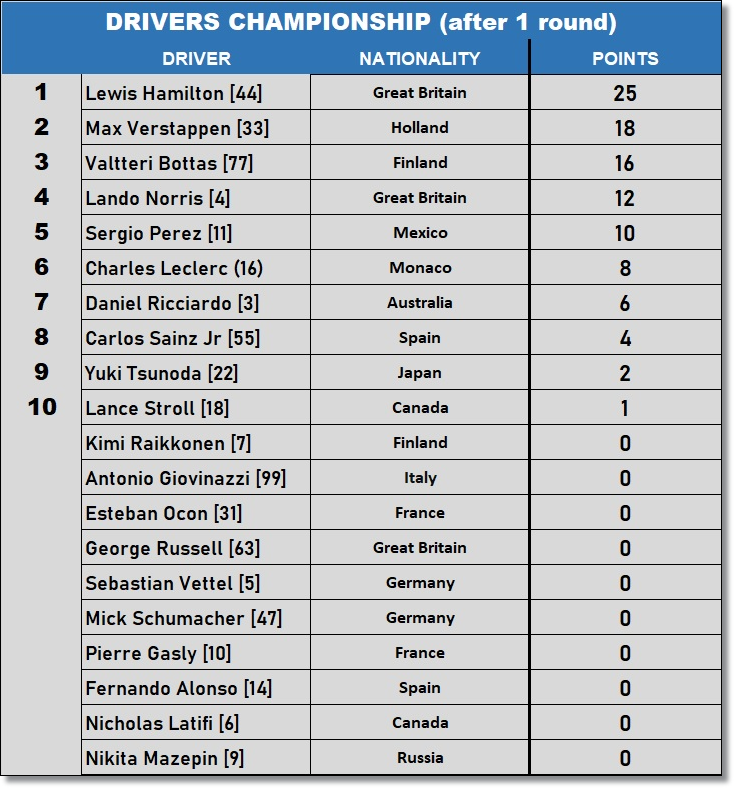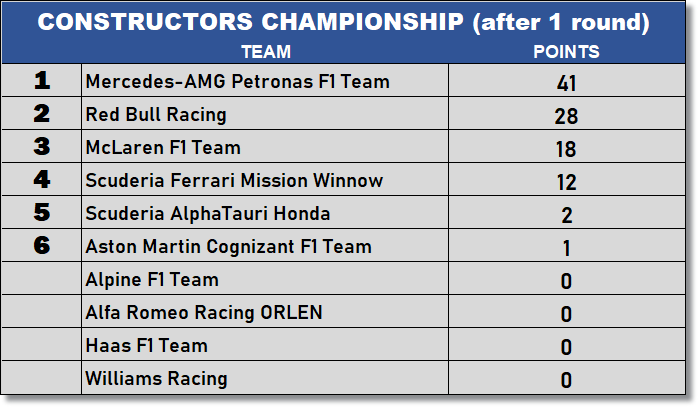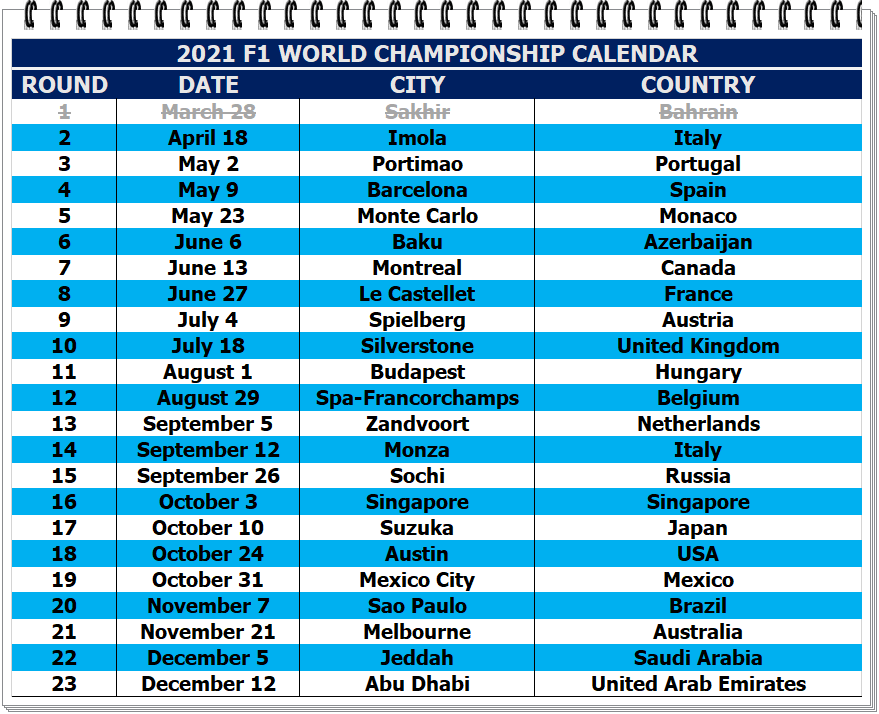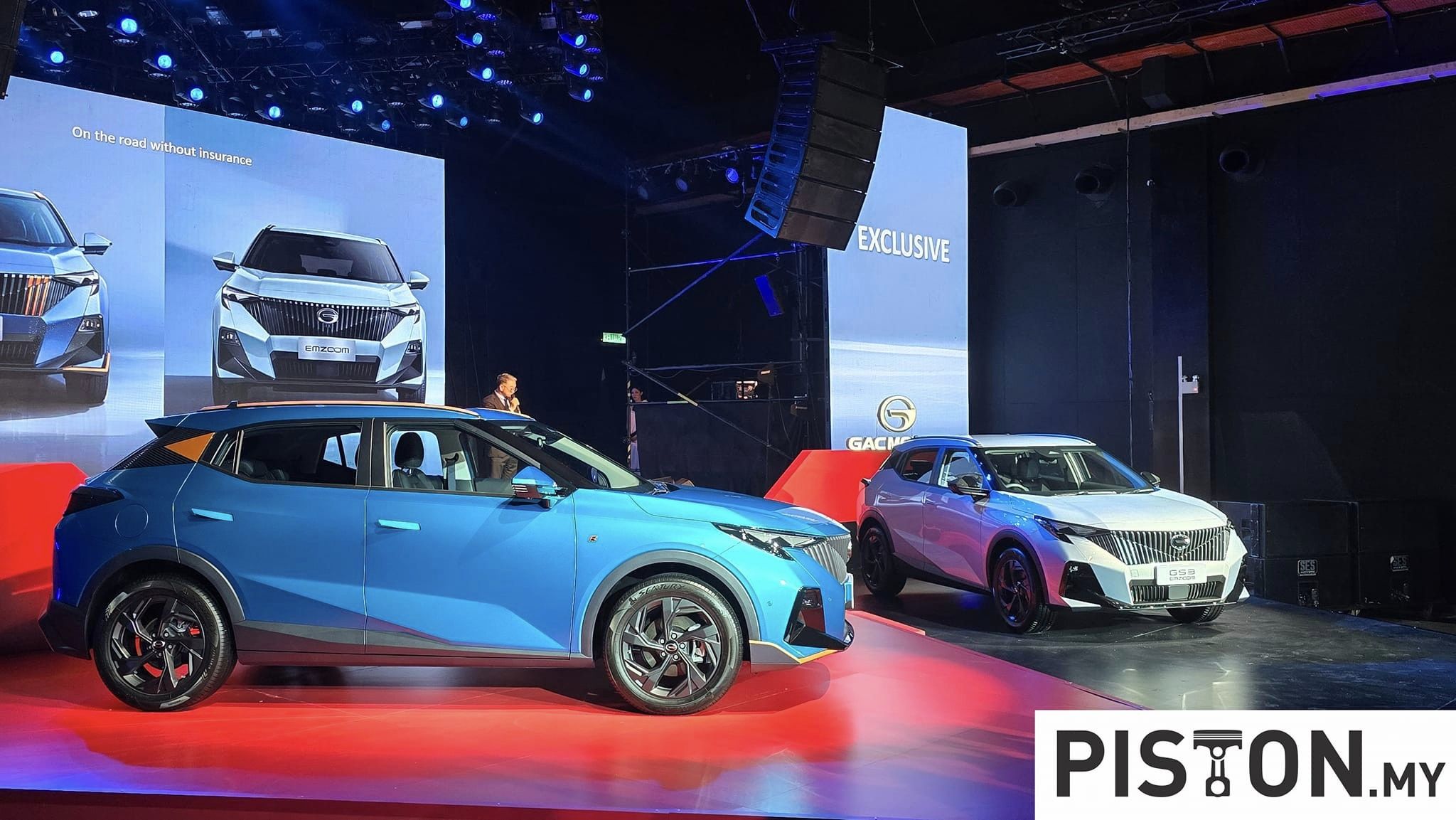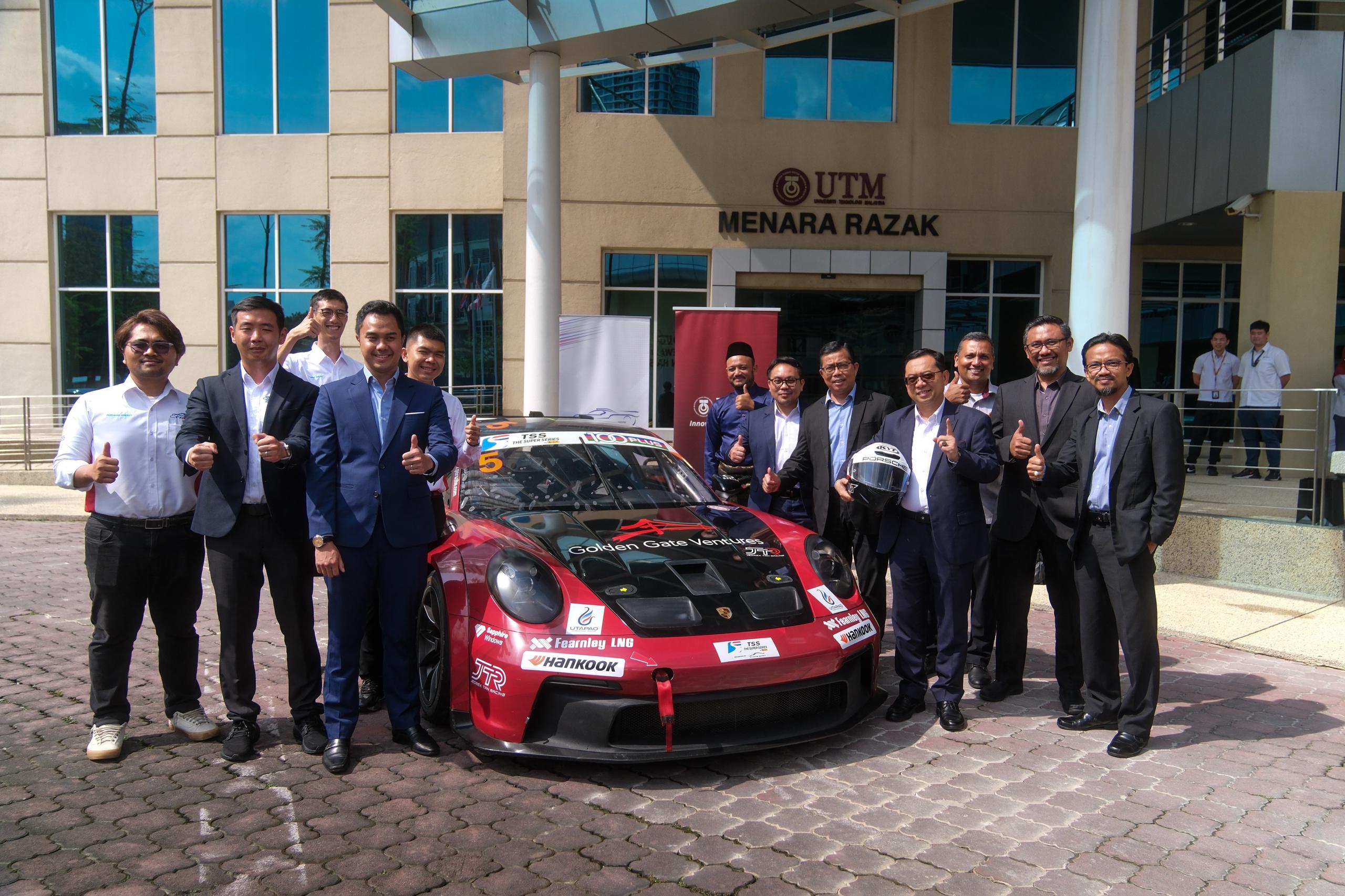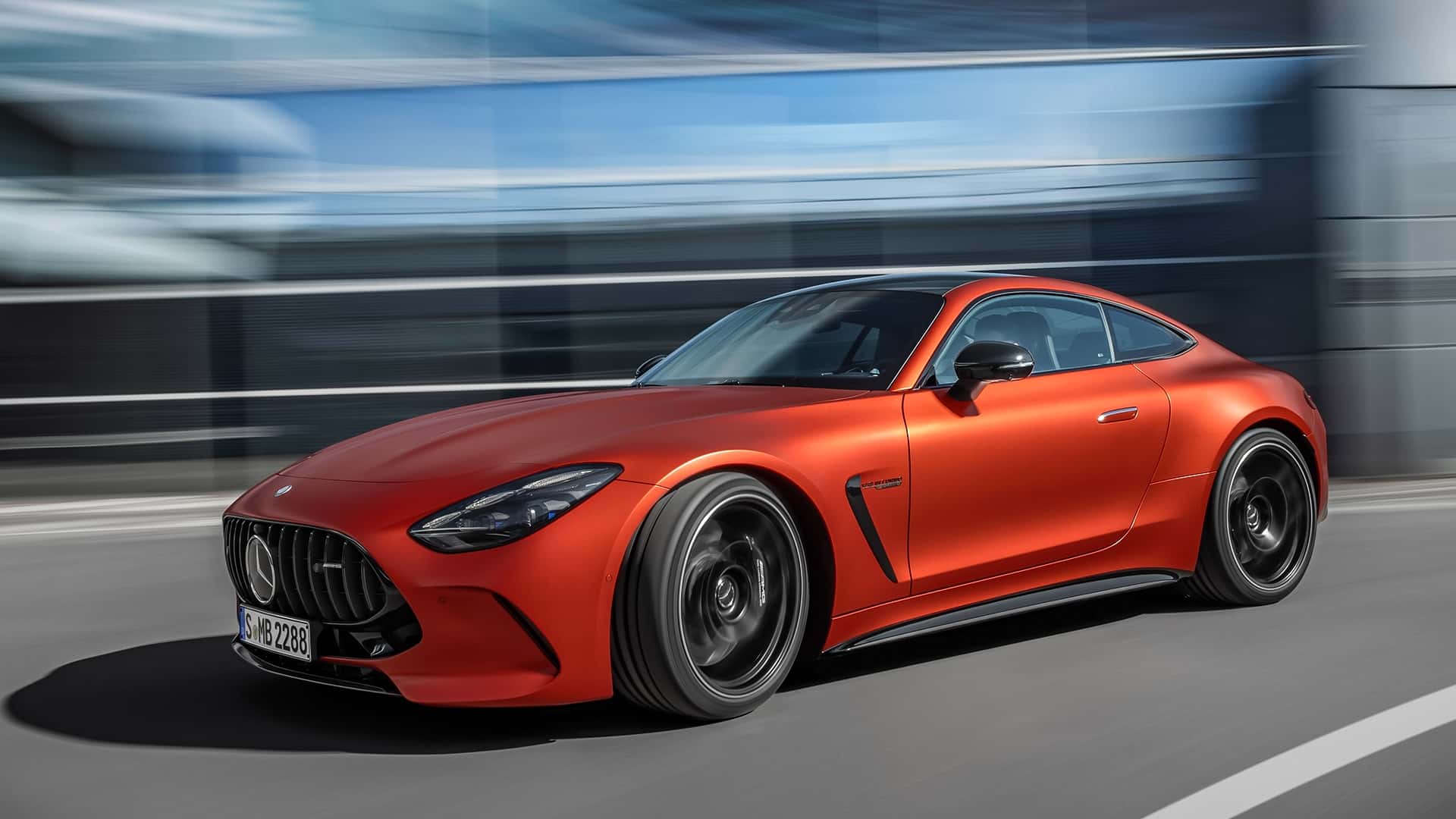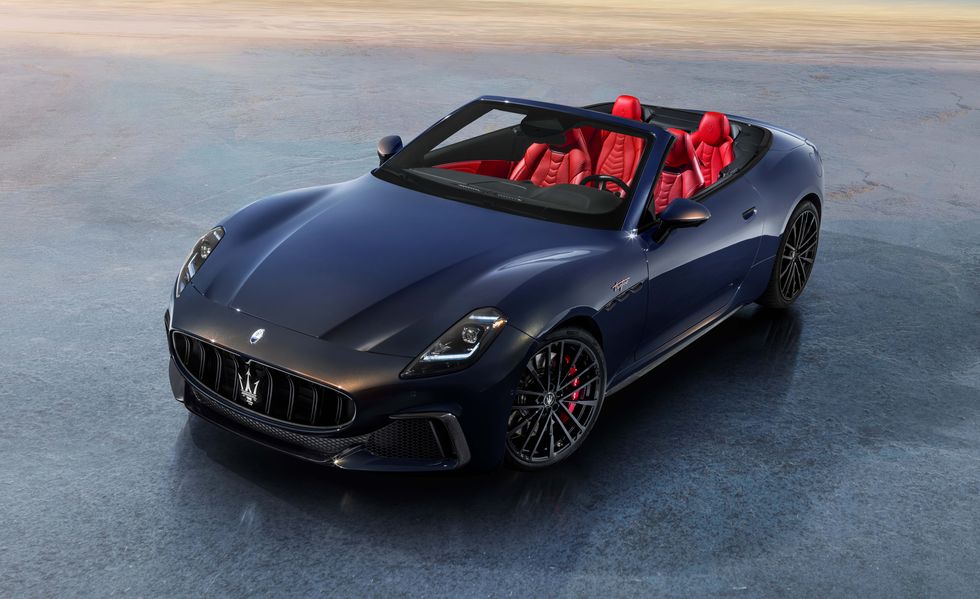Race starts at 5 pm in Qatar | 10 pm in Malaysia

With the 3 events in the western hemisphere completed, the final leg of the 2011 Formula 1 World Championship takes place in the Middle East this month and next month. This weekend will be the Ooredoo Qatar Grand Prix in Qatar, a small country in the Persian Gulf. This race, which is Round 20, will be special as it is the first F1 race held in Qatar, and it is held at night. Each year until 2032 (except for 2022 as it coincides with Qatar’s hosting of the 2022 FIFA World Cup), the country will be one of the venues.
The Losail International Circuit for the race is not unknown in the motorsport world. It is FIA-certified as it has been a MotoGP venue since 2004, so some technical data is available although it would be related to motorcycle racing. It has also hosted car races, such as the GP2 Asia Series and WTCC, but clearly no car has reached the speeds that the Formula 1 cars will hit, both on straights and in turns.
Sergio Perez is the only current F1 driver to have raced at Losail. The Mexican driving for Red Bull Racing contested 2 rounds of the 2008 – 2009 GP2 Asia series at this circuit. Nico Hulkenberg won that year so if he was also racing in F1 today, he would be the other driver with experience on the circuit.
“This is the first time Formula One has raced in Qatar, so it’s a step into the unknown for everyone. We have no historical data of the Losail International Circuit, so much more focus in the build-up to the event is in the virtual world, working on the computer simulations and driver-in-loop simulator running with the limited information we do have for the track,” said Mercedes-AMG’s Toto Wolff.
“The workload around the simulations is obviously higher, because we’re more dependent on them, and the simulator program will be hard at work all through the week, including running on Friday to maximize the fresh learnings we receive from practice,” he explained.
The 5.38-km track still has its original surface from 2004, which offers high grip and has become quite abrasive over time, accentuating wear and degradation. Despite the presence of strategically-placed artificial grass around the circuit to keep away the sand from the desert, the surfaces could still become very dusty thus affecting grip. Pirelli classifies the circuit as high severity, and have chosen their 3 hardest compounds for this race.
The dominant characteristic of the circuit is the close sequence of 16 corners, many of them taken at high speeds. Downforce levels will be high, but whether or not they are at maximum will depend on how many of those corners are power rather than grip-limited.
“I really like the track here at Loisail, it is great. It’s always interesting to mix things up and see a new venue on the calendar. What will be key is balancing the first and last sectors, due to tyre overheating that is caused by the high temperatures here,” said Scuderia Ferrari’s Charles Leclerc.
“Qatar is just one of four races held in the evening under floodlights this year. This means that the evolution of track temperature over the course of the race should be quite different compared to a standard afternoon race, with the potential for a big drop-off as the race goes on. In the desert, there’s a big difference in temperature between day and night,” explained Pirelli’s Mario Isola.
The championship titles are still not confirmed. Victory for Lewis Hamilton in the previous round in Brazil saw the Mercedes-AMG PETRONAS team extend their lead over Red Bull Racing to 11 points. In the Drivers Championship, Max Verstappen still has the lead but with the 25 points he collected, Hamilton cut that lead to 14 points.



